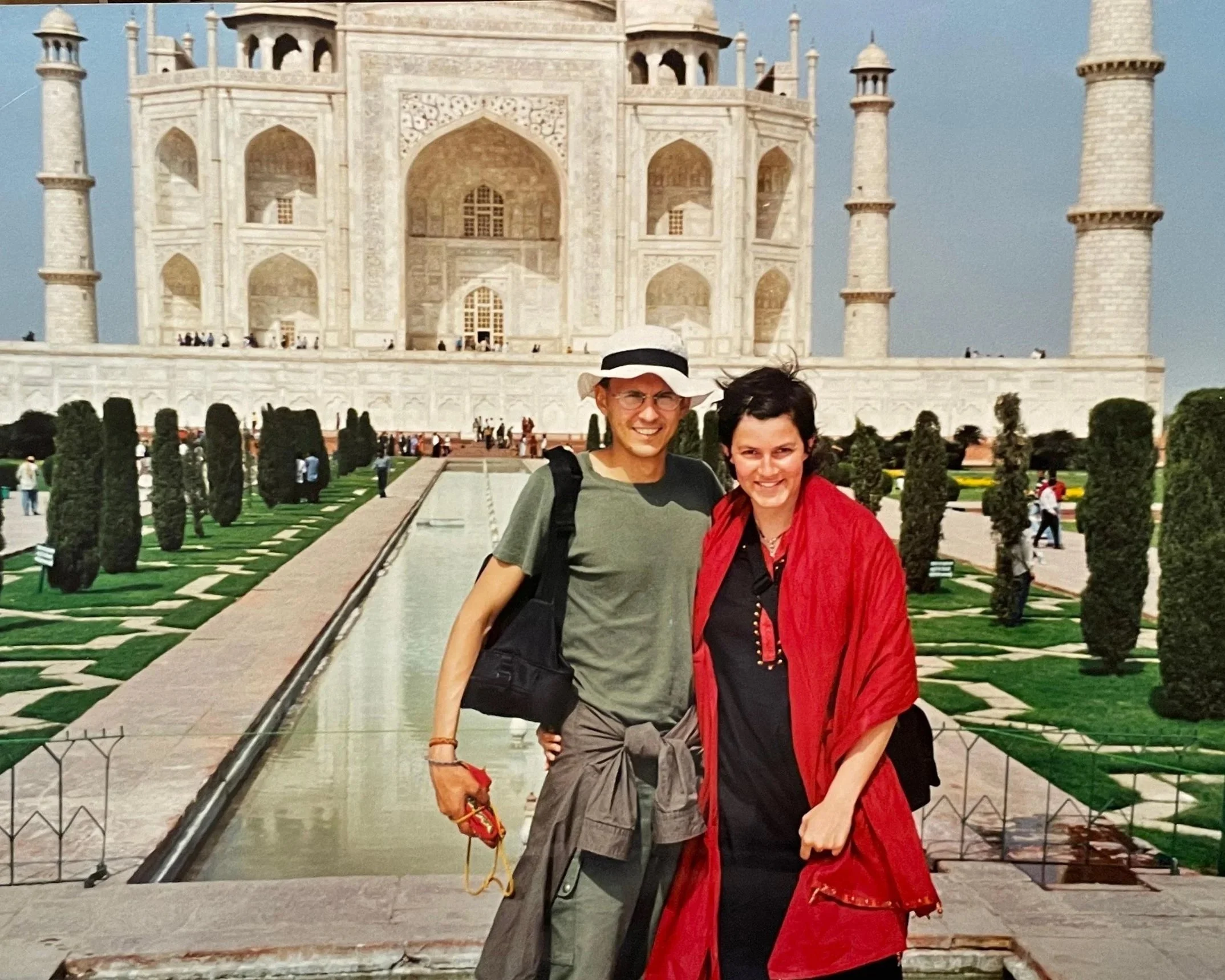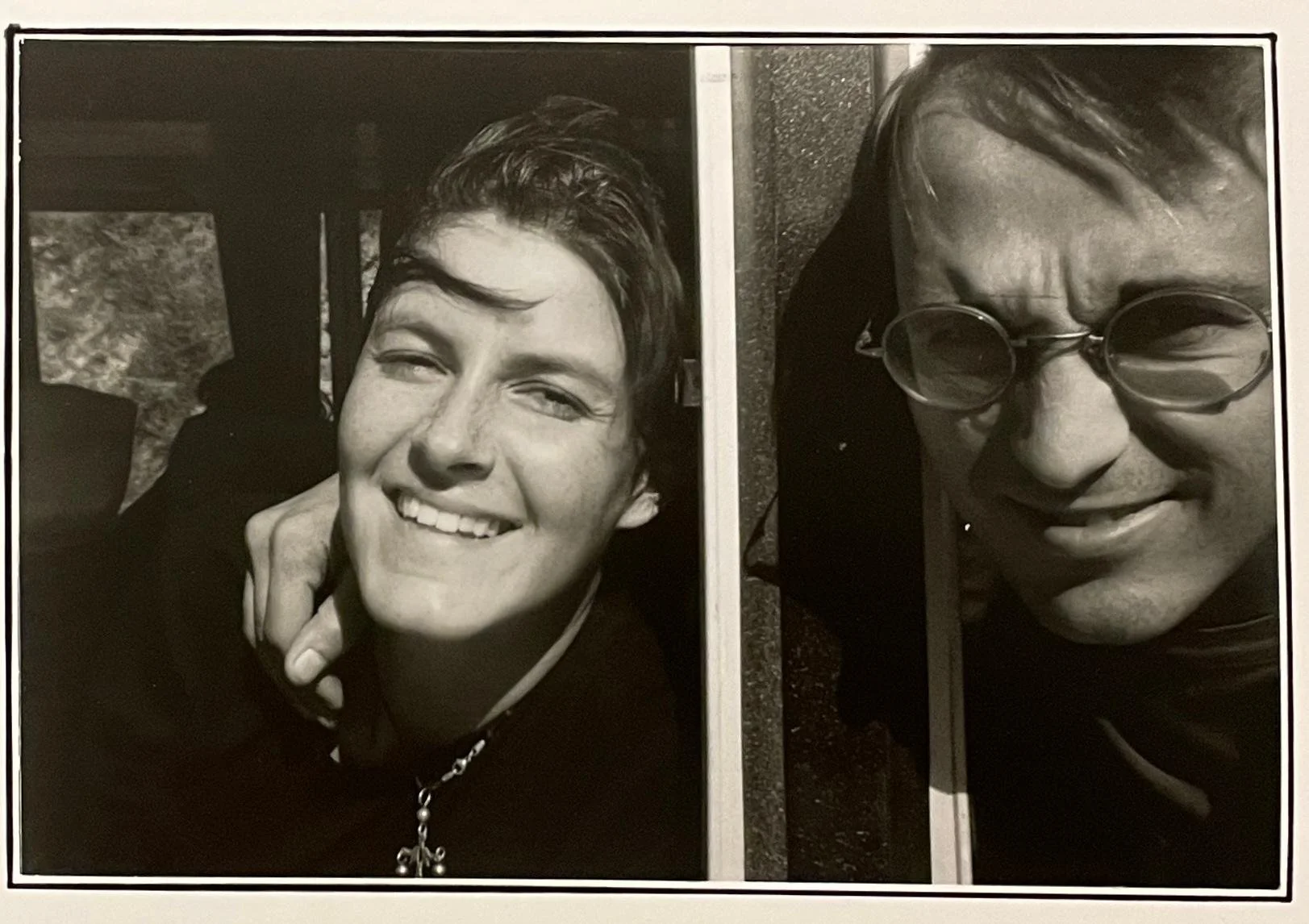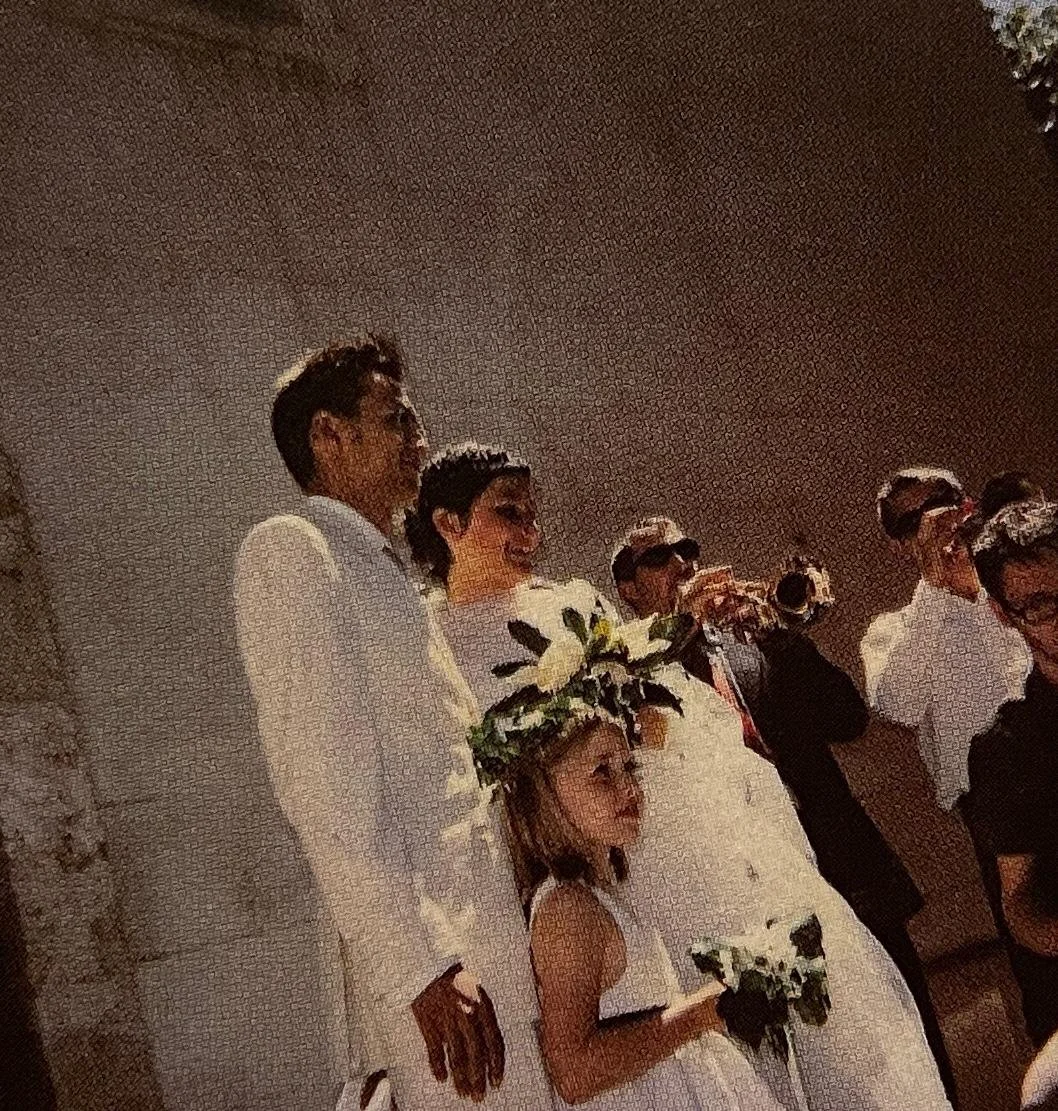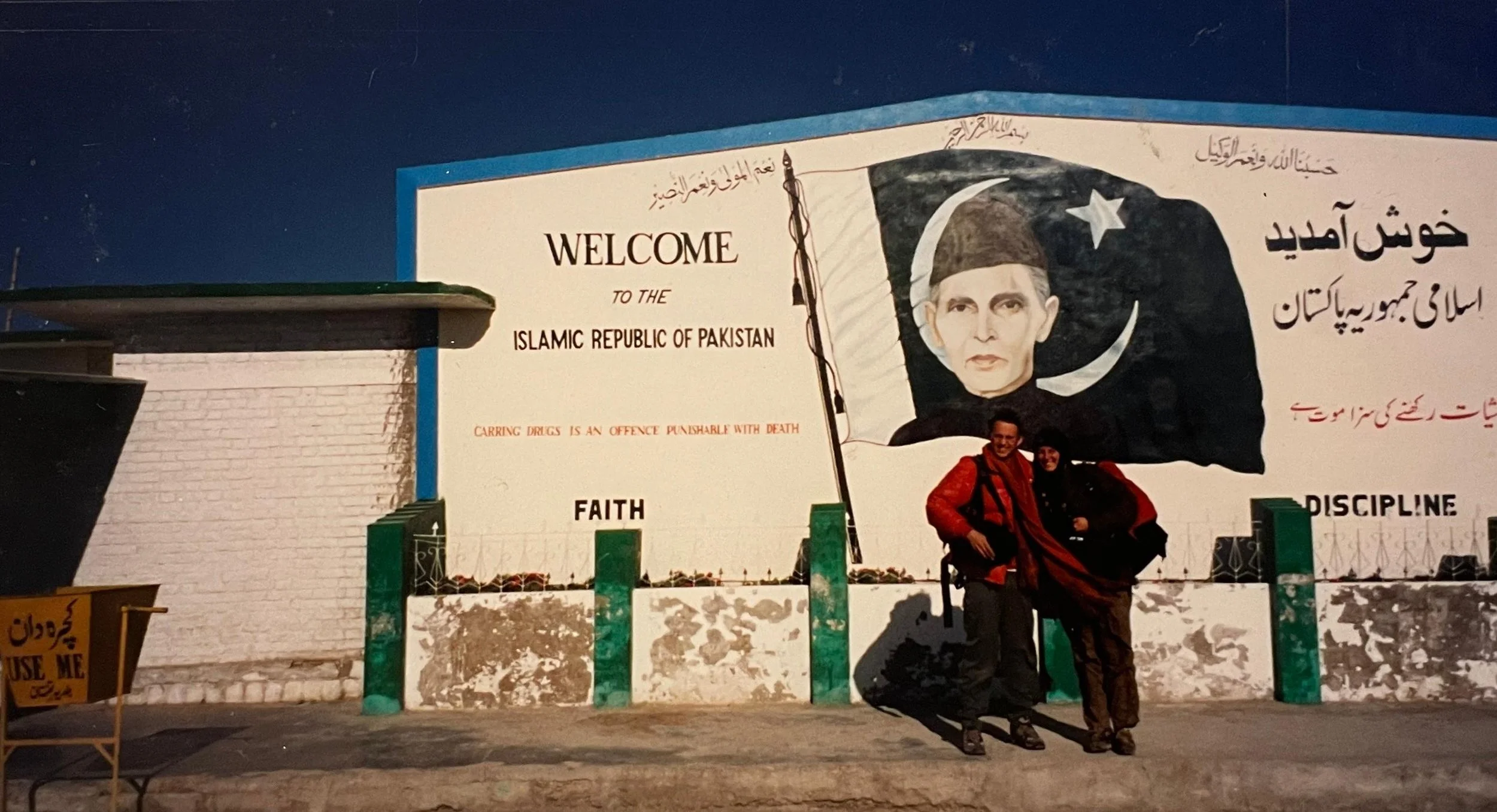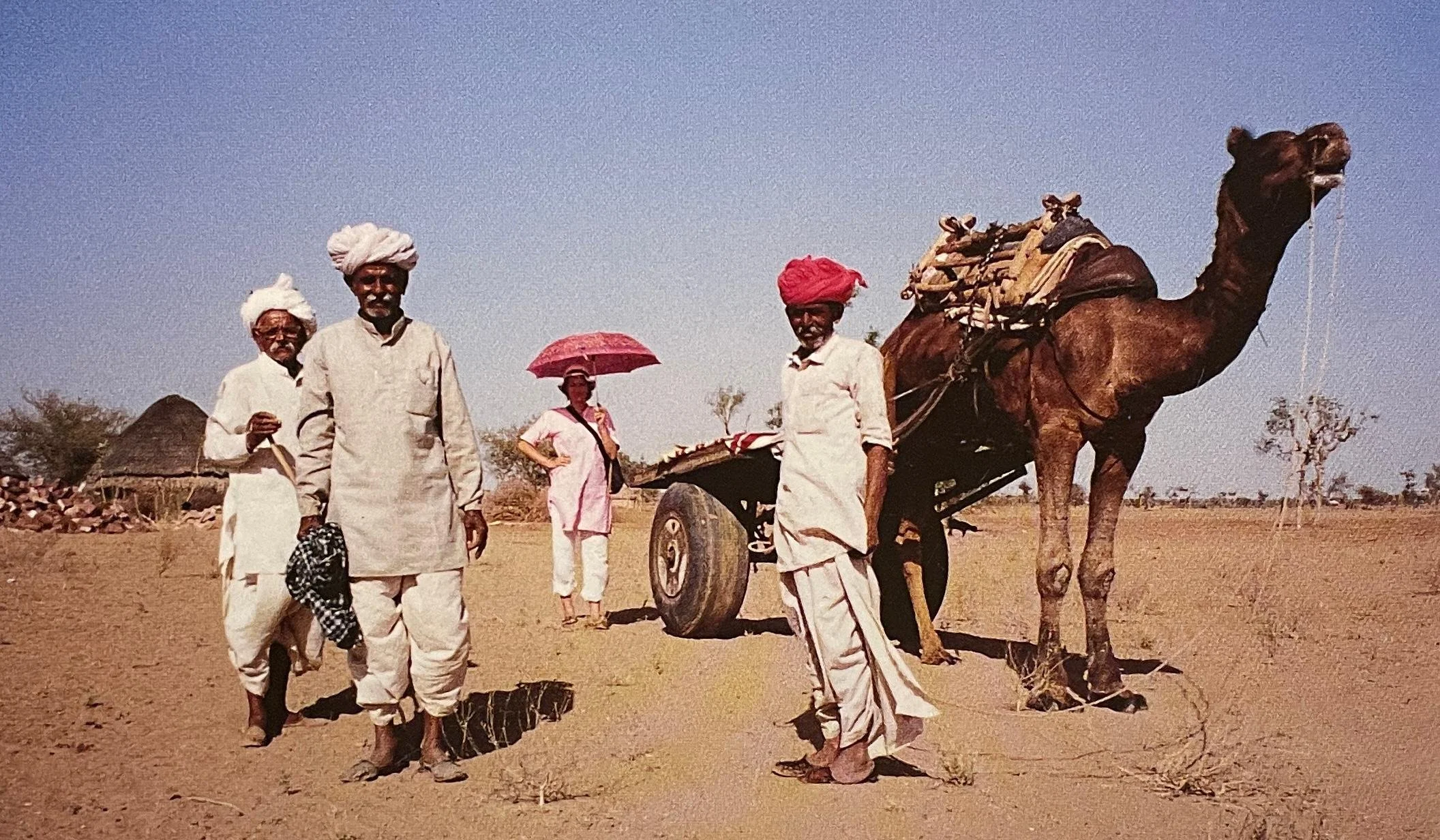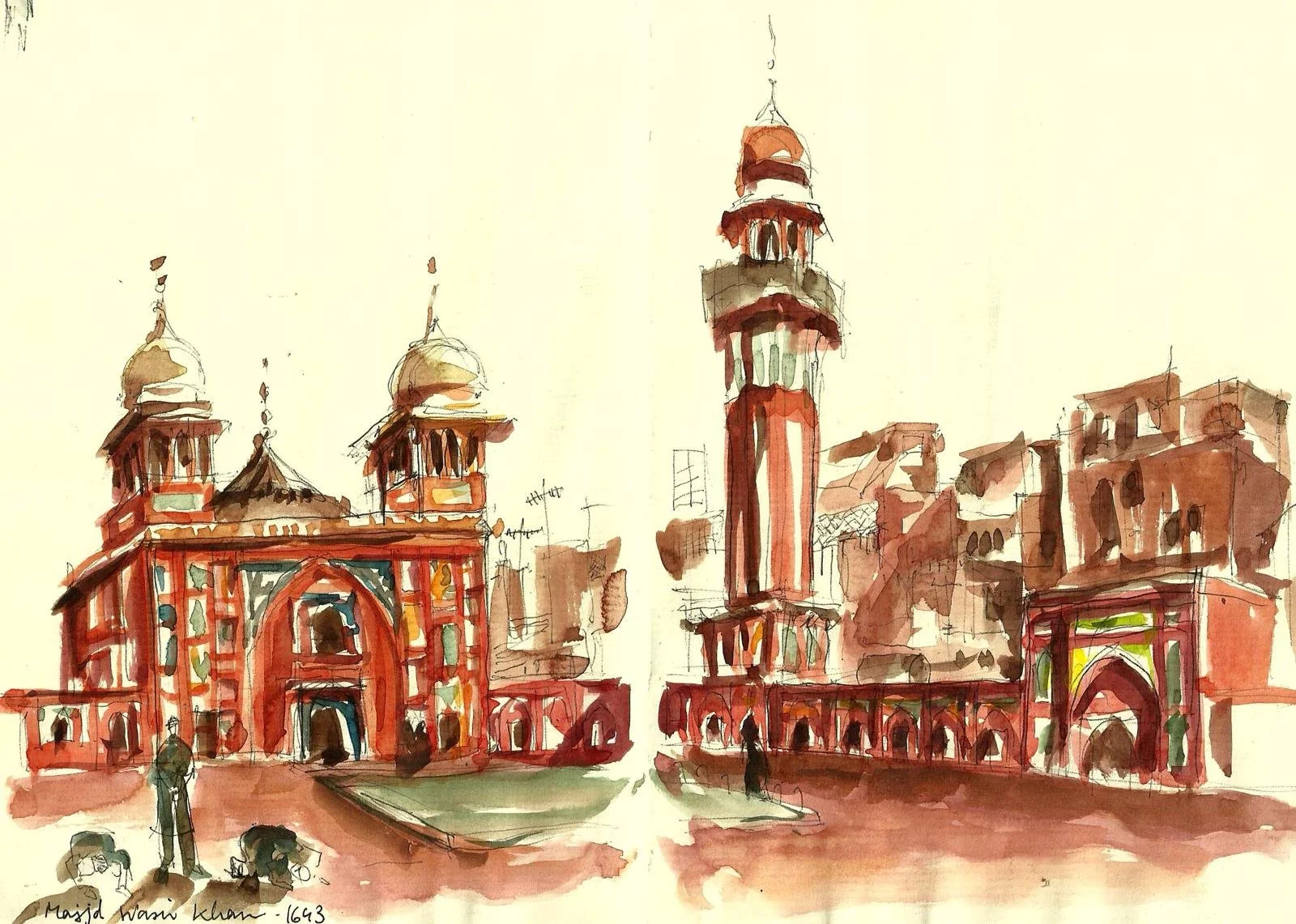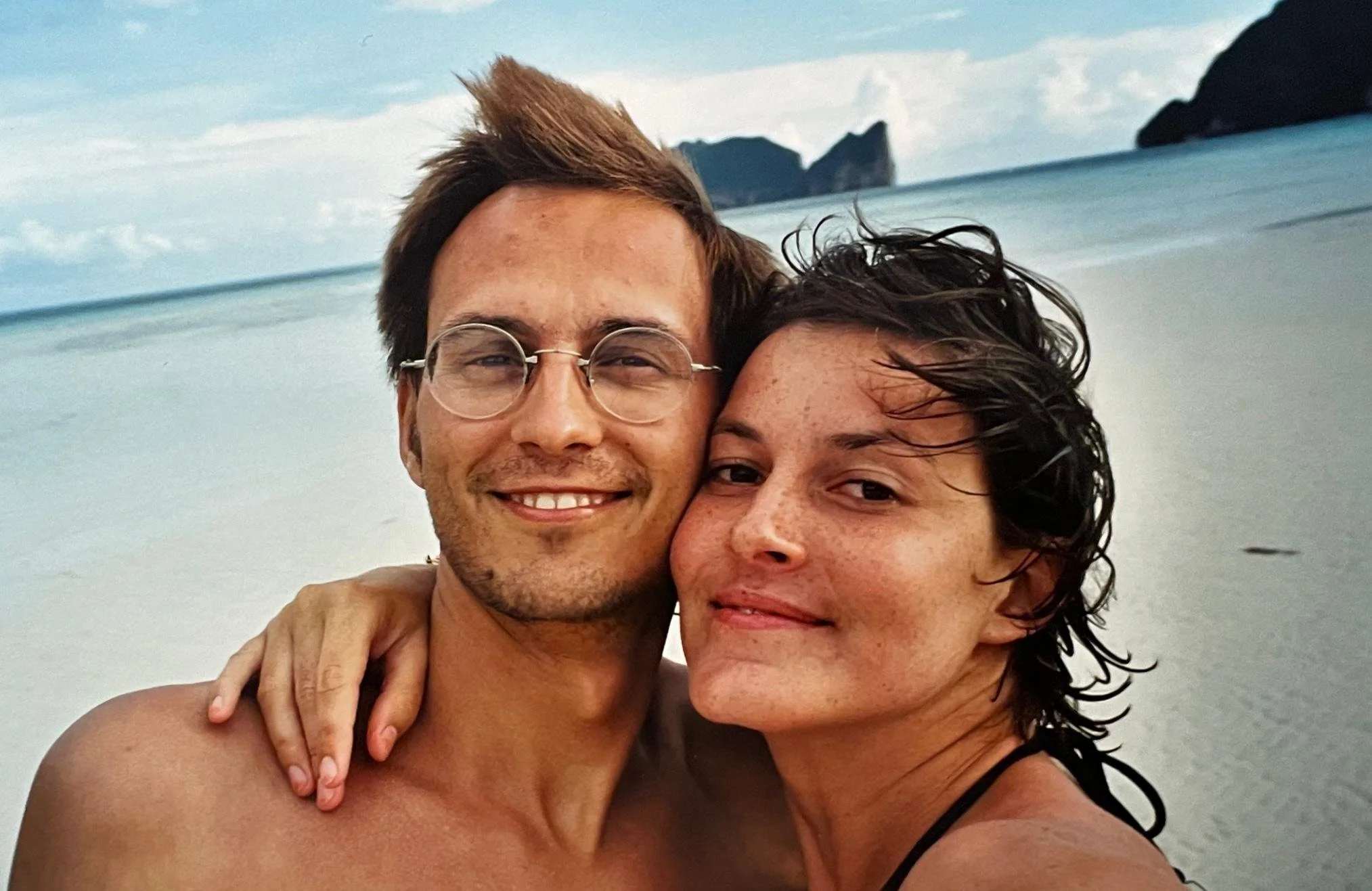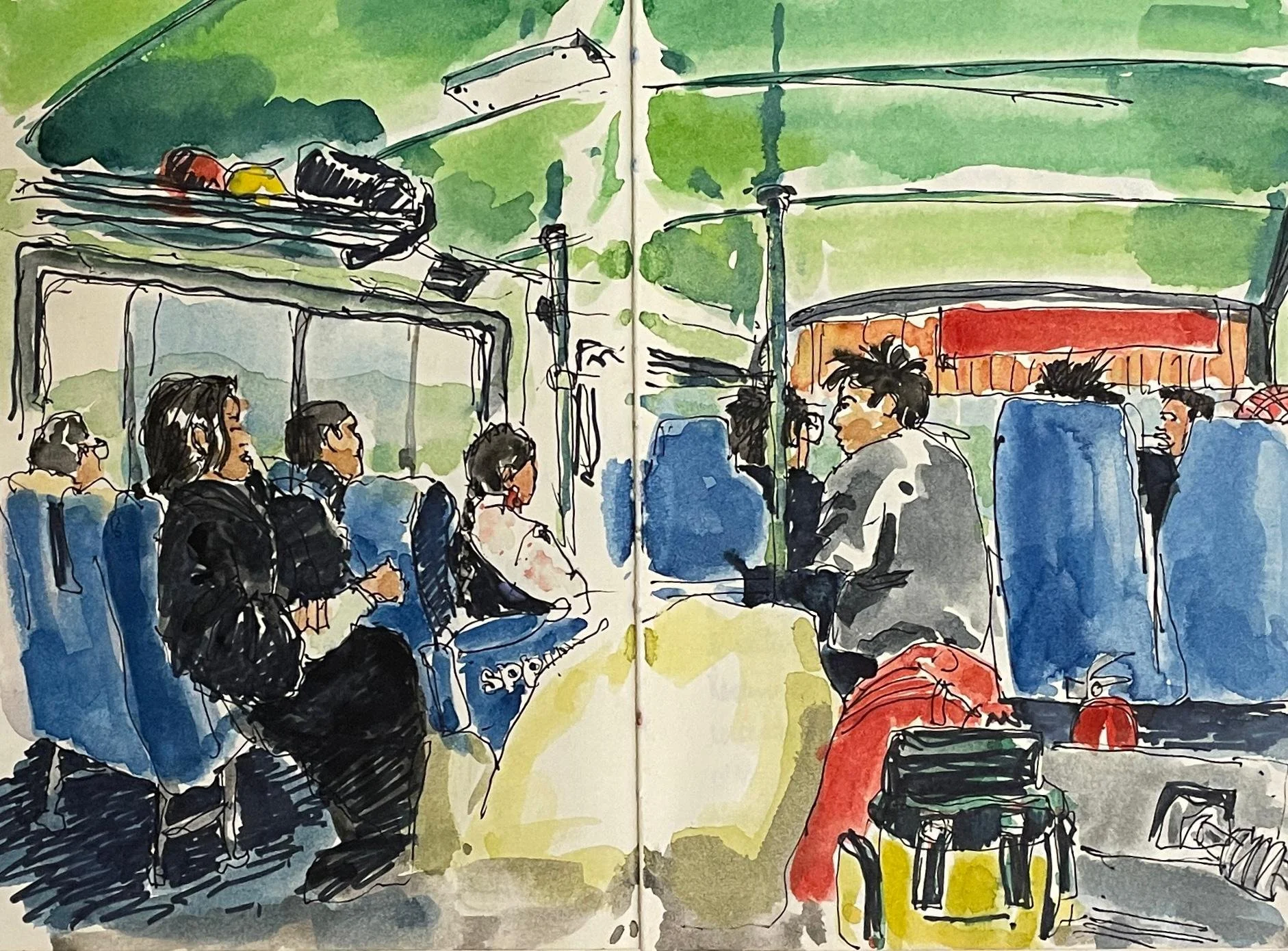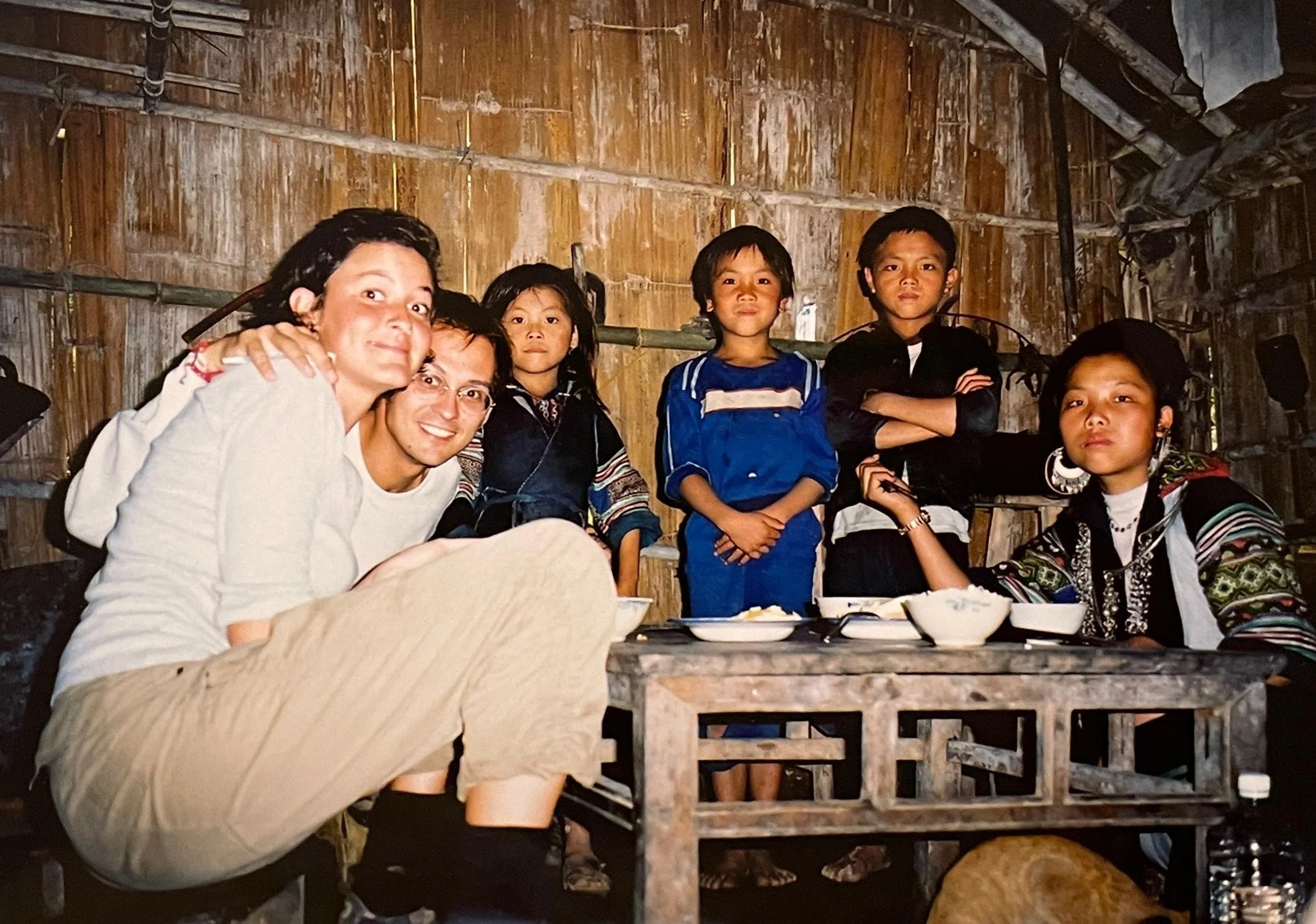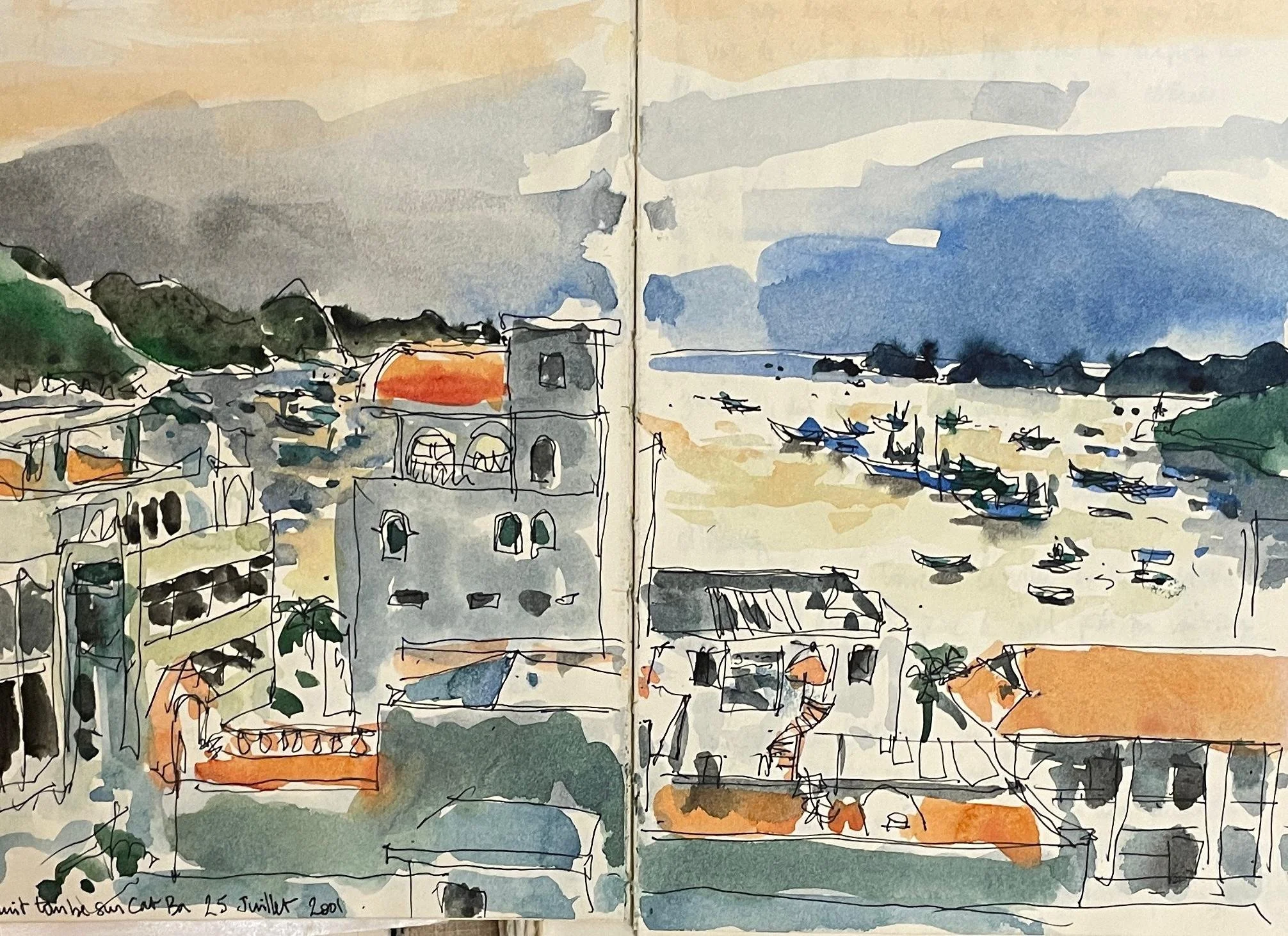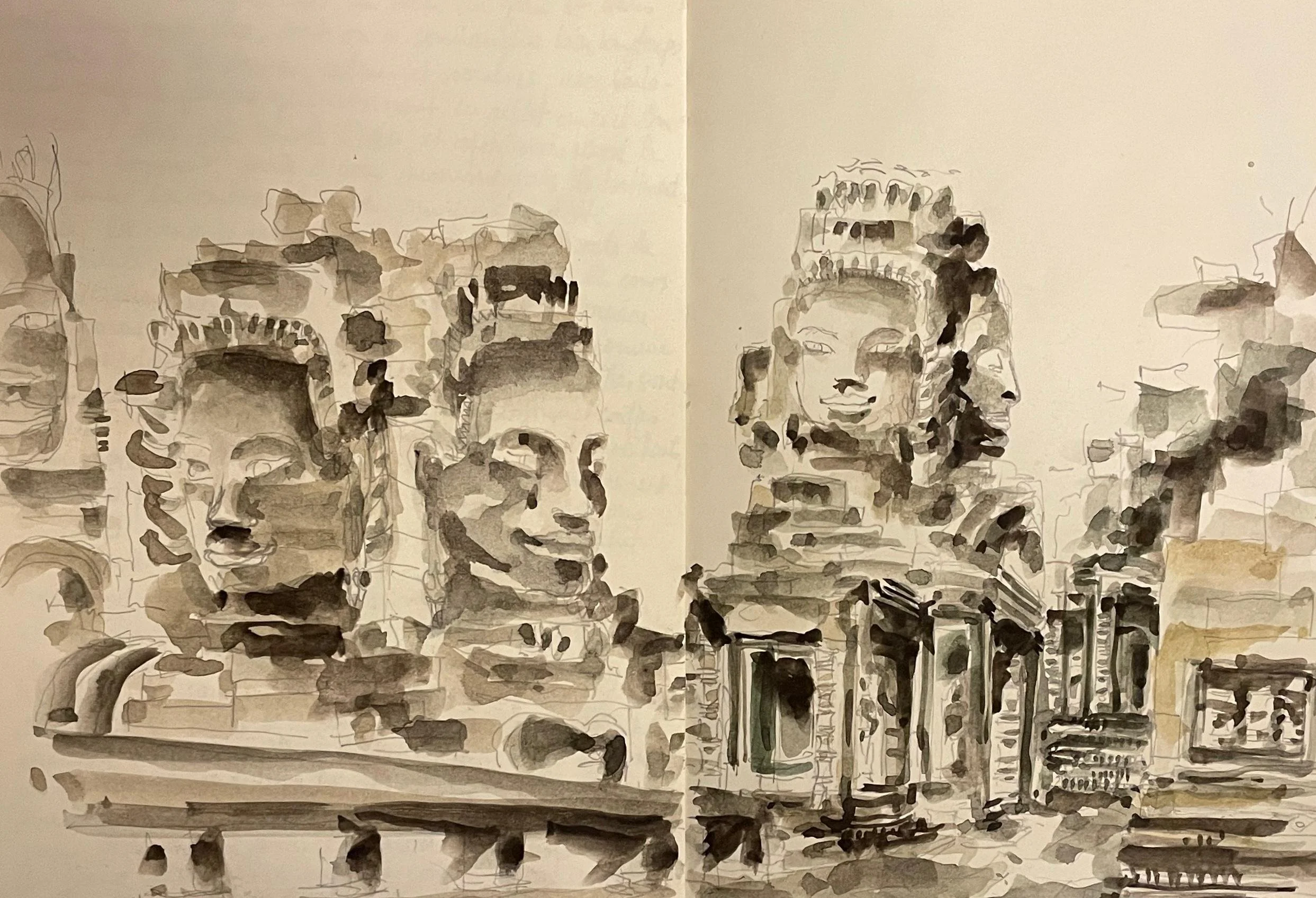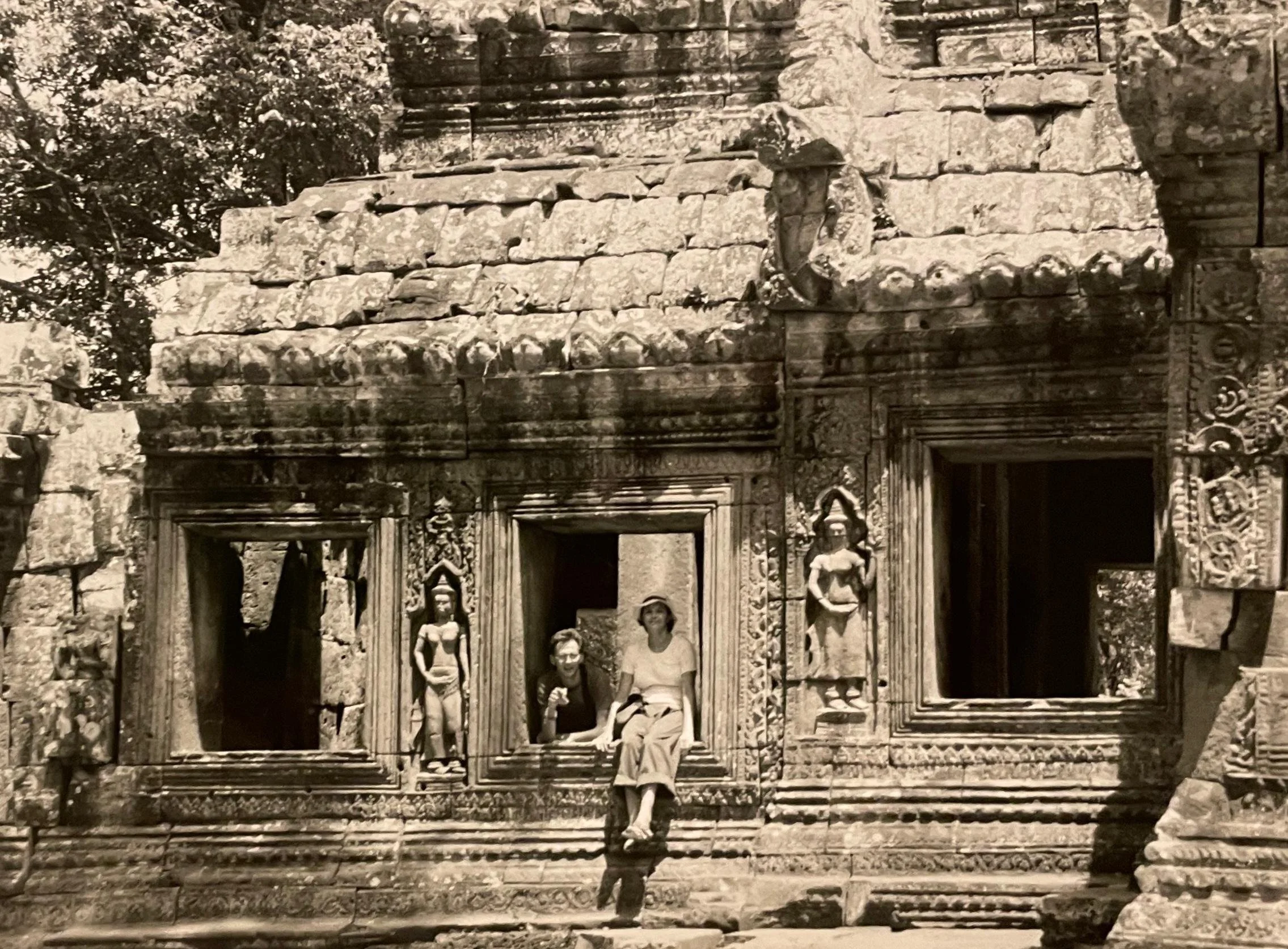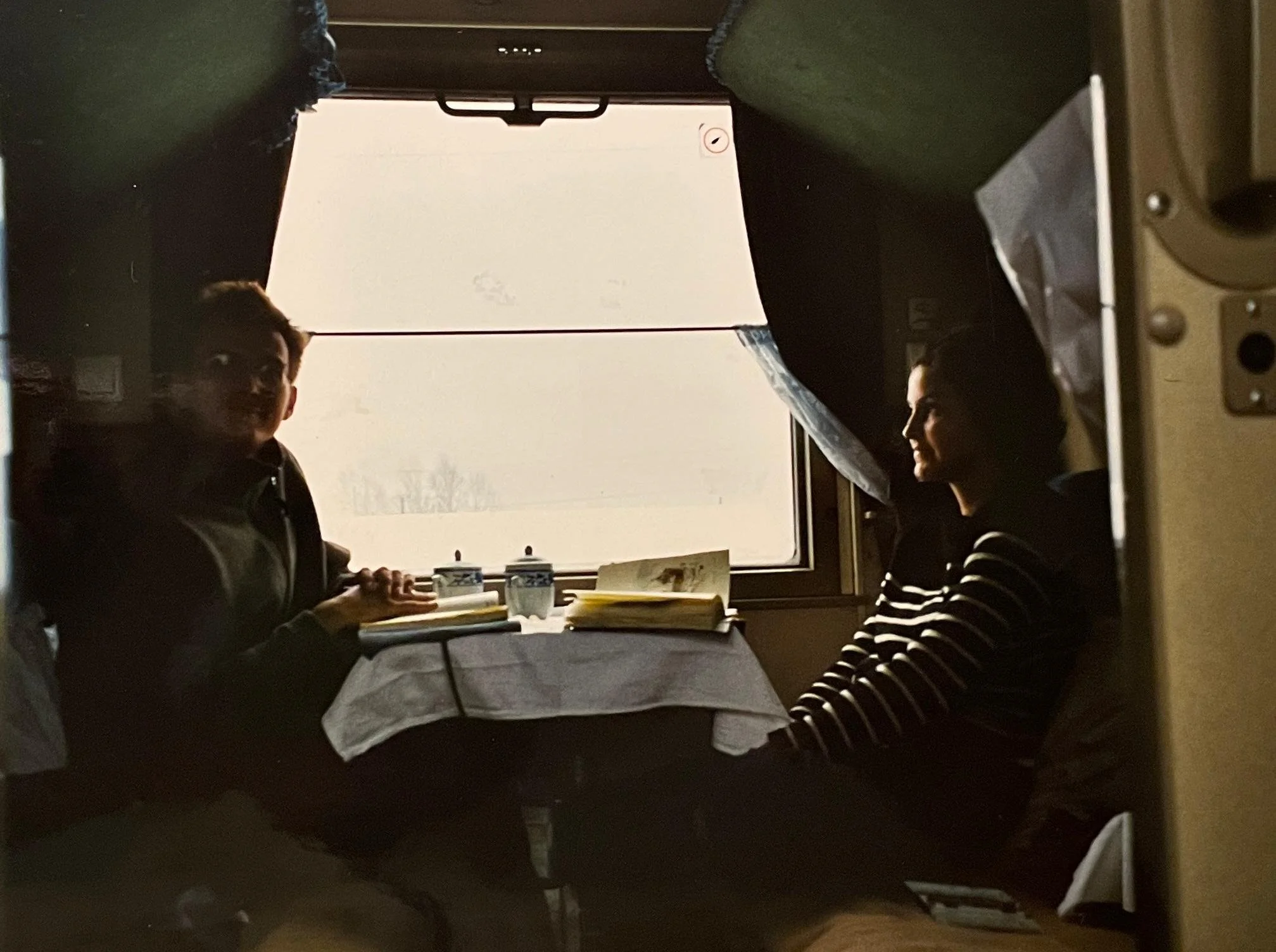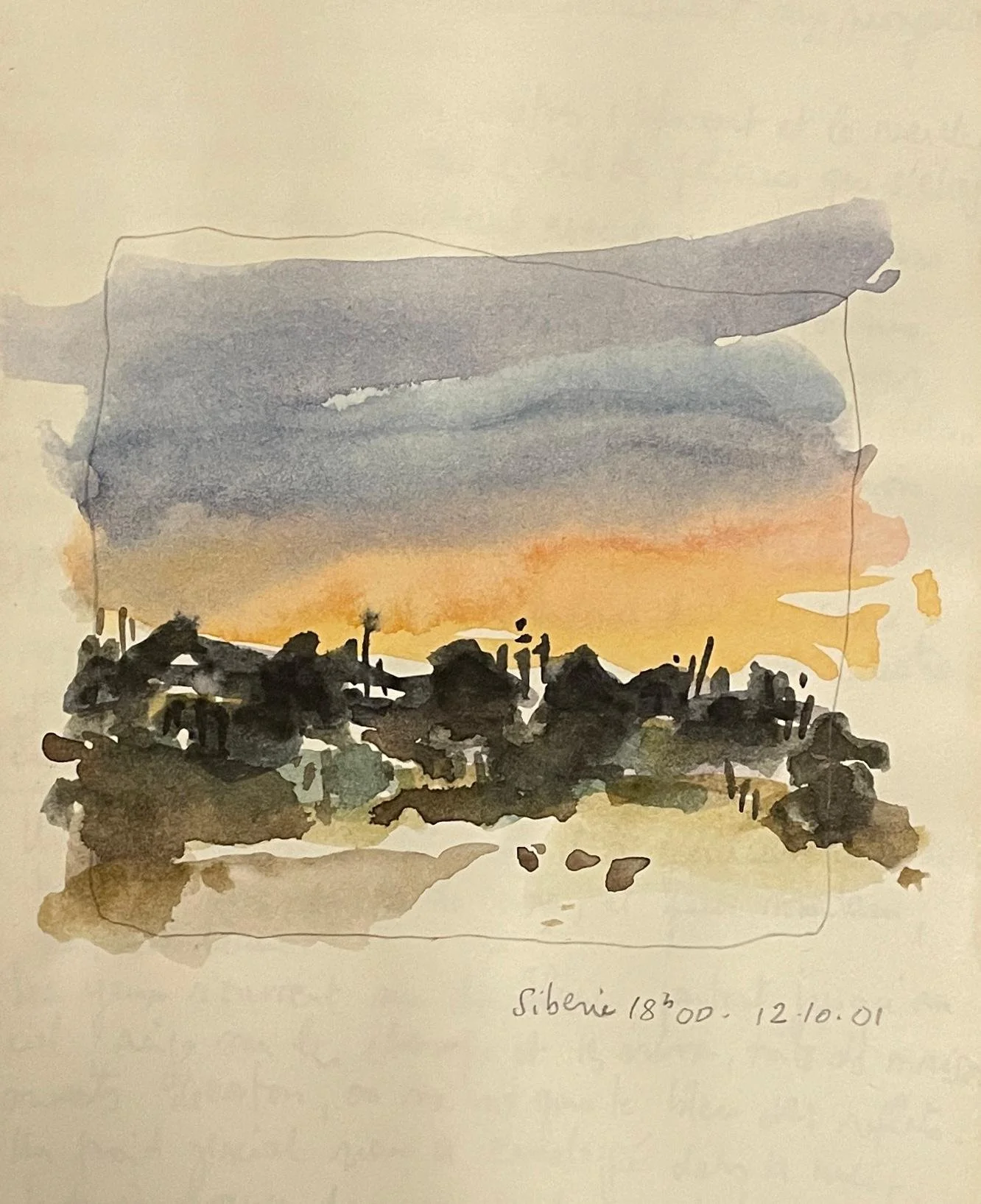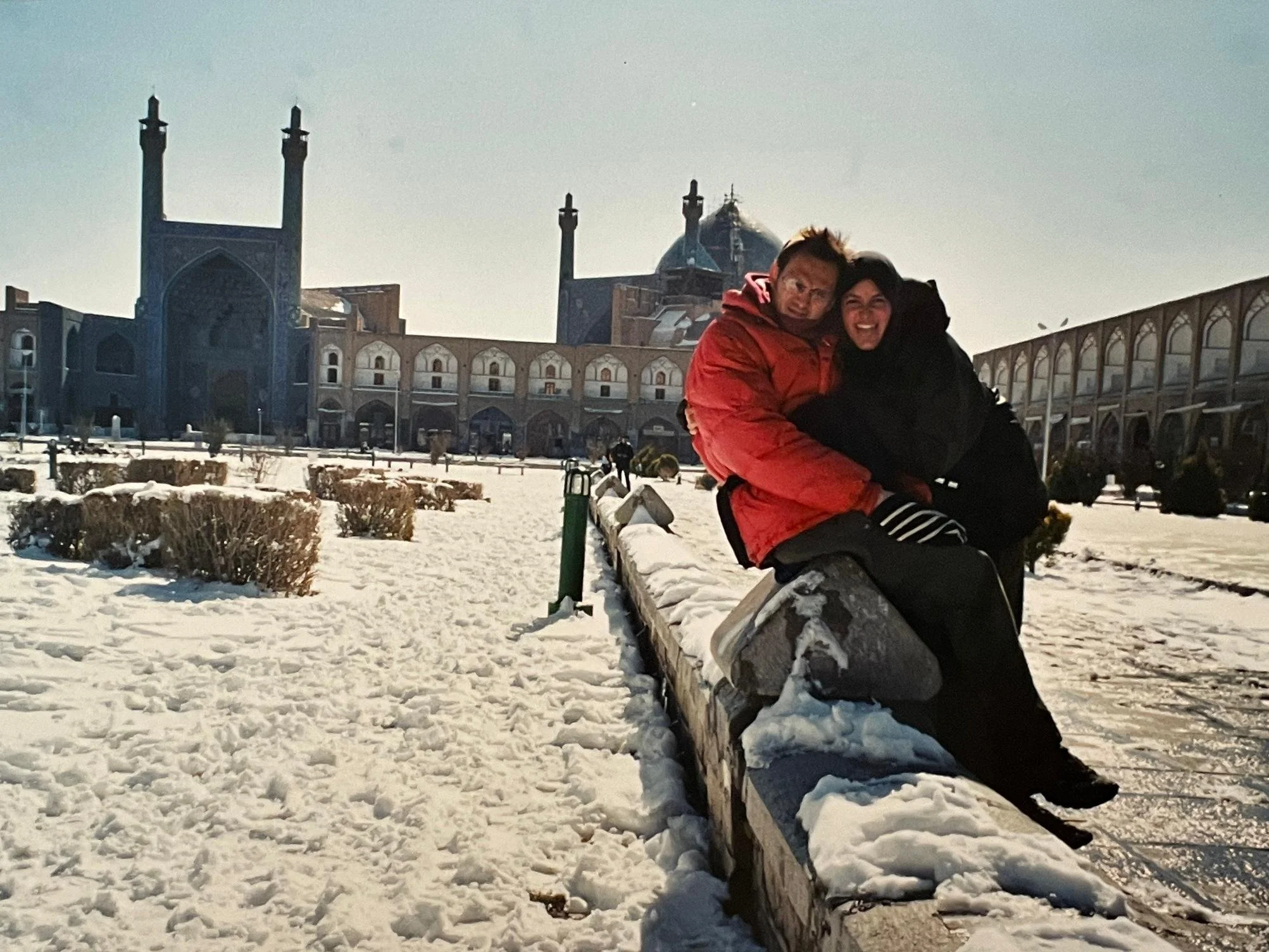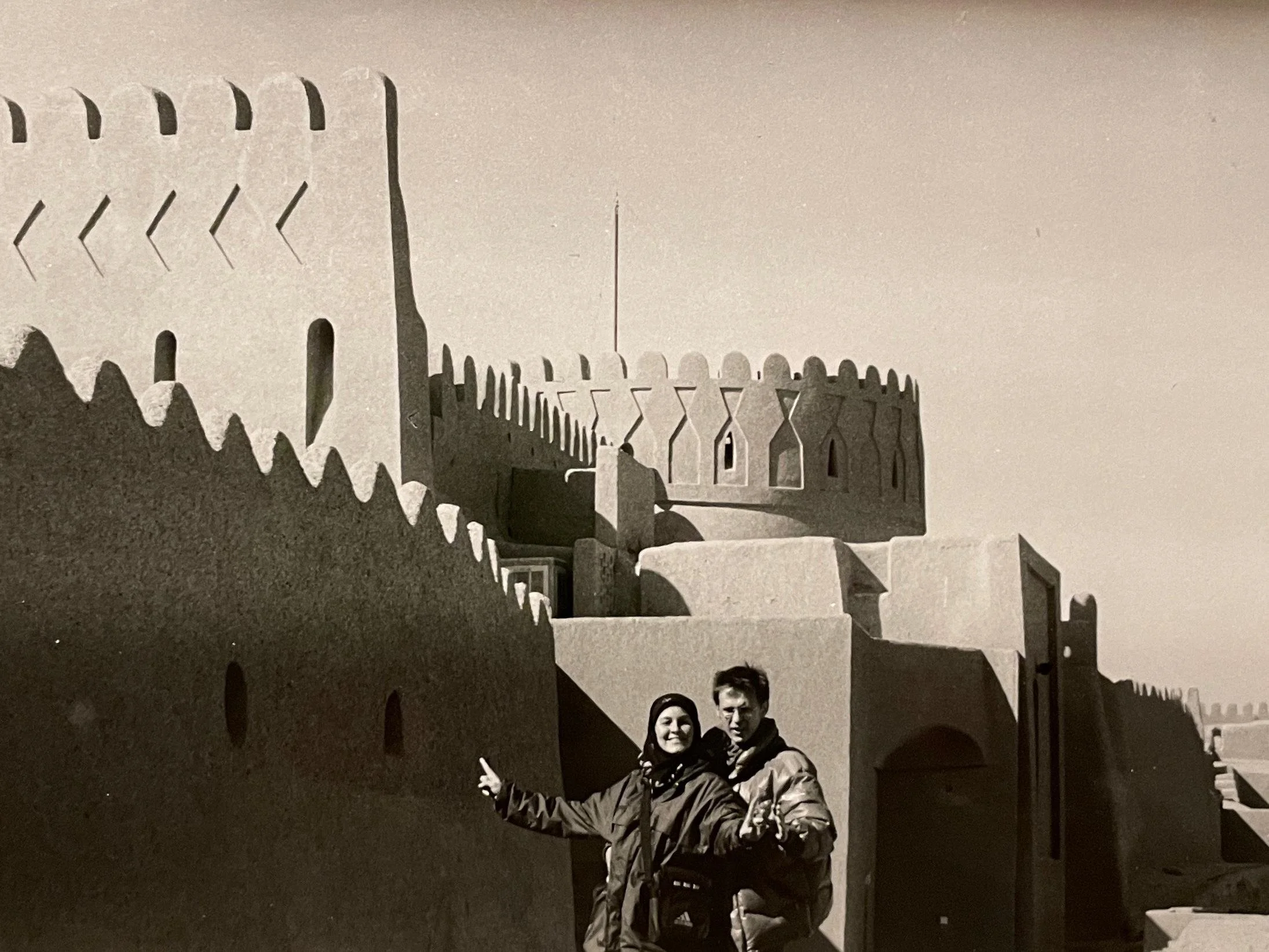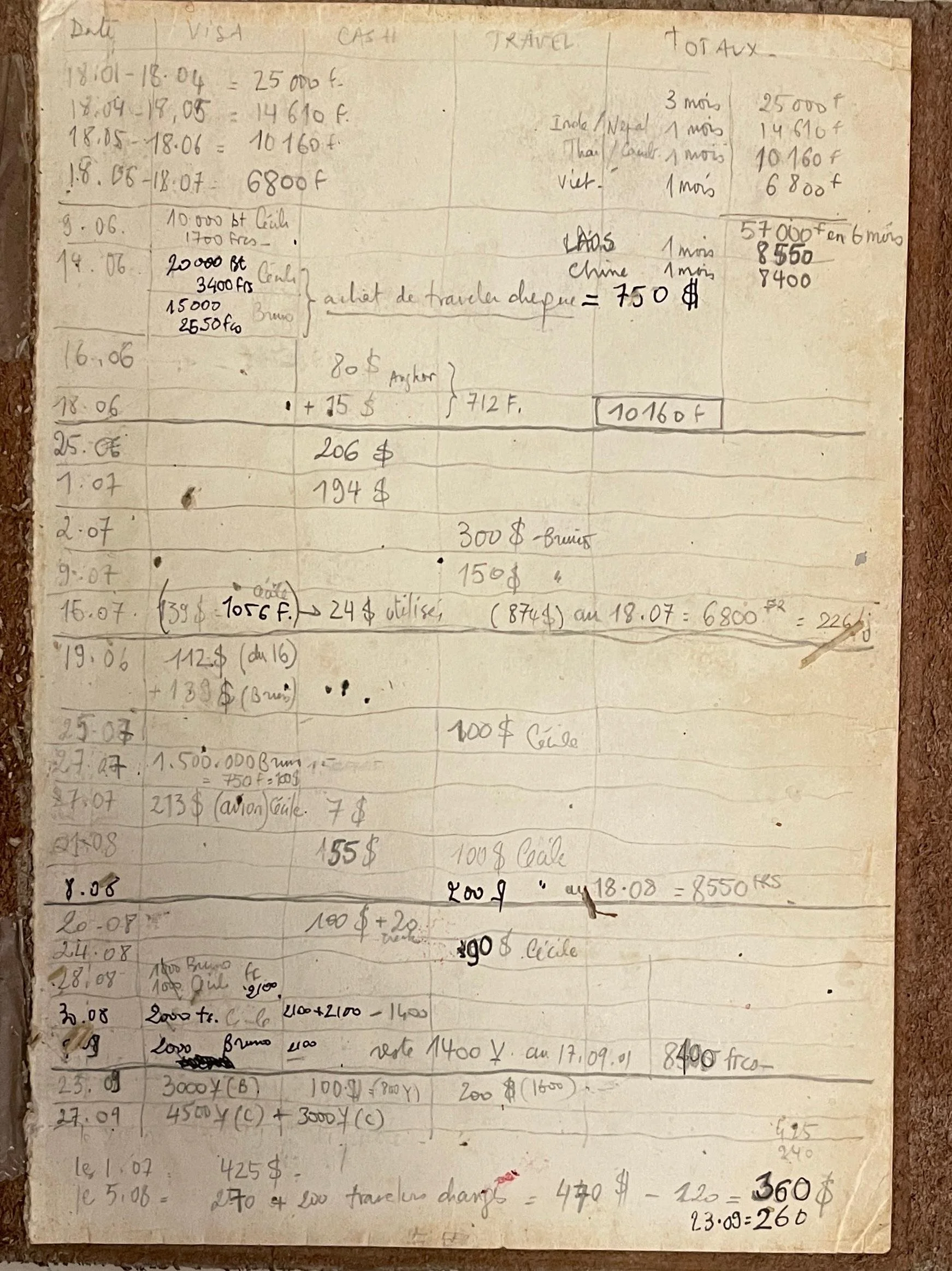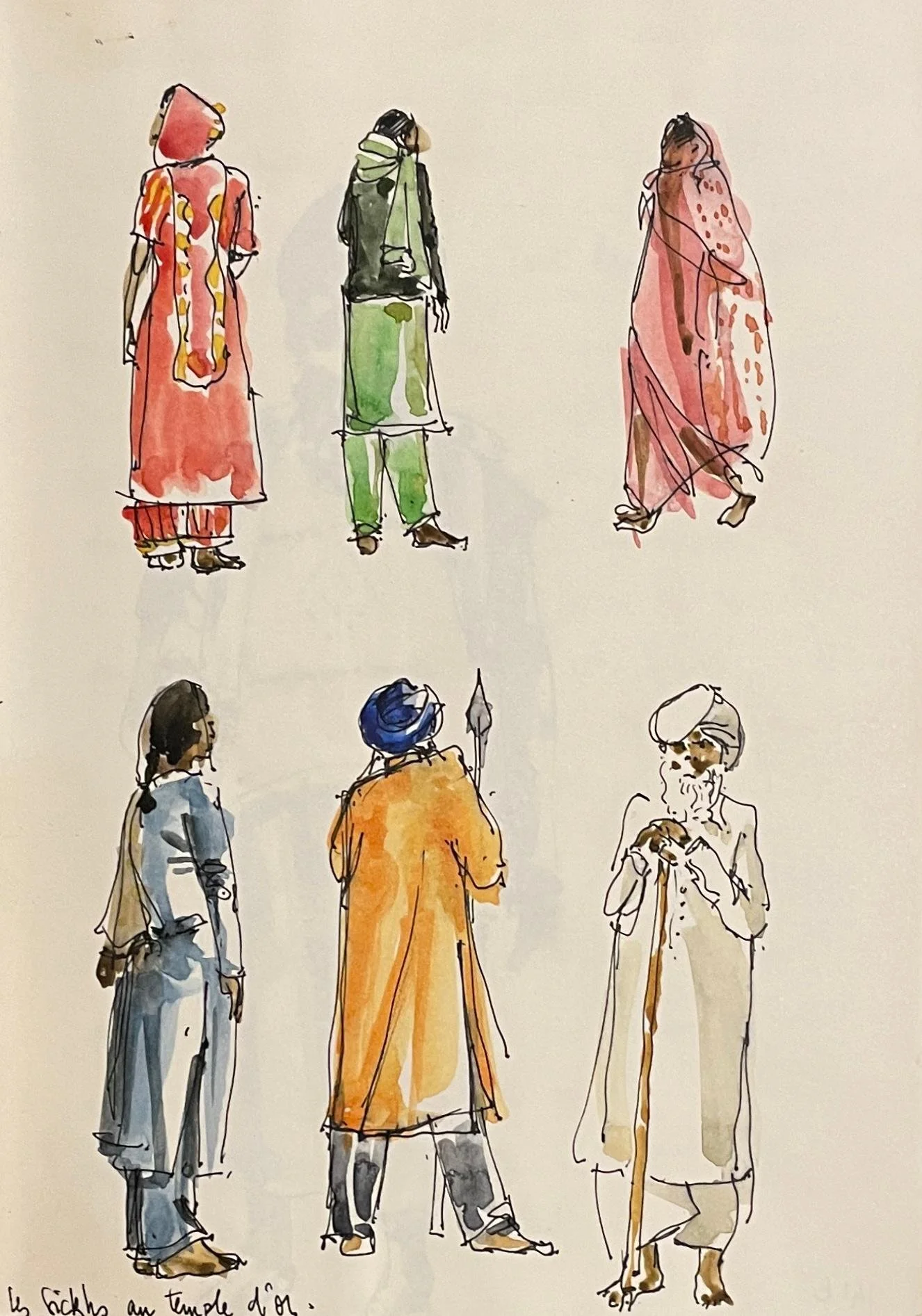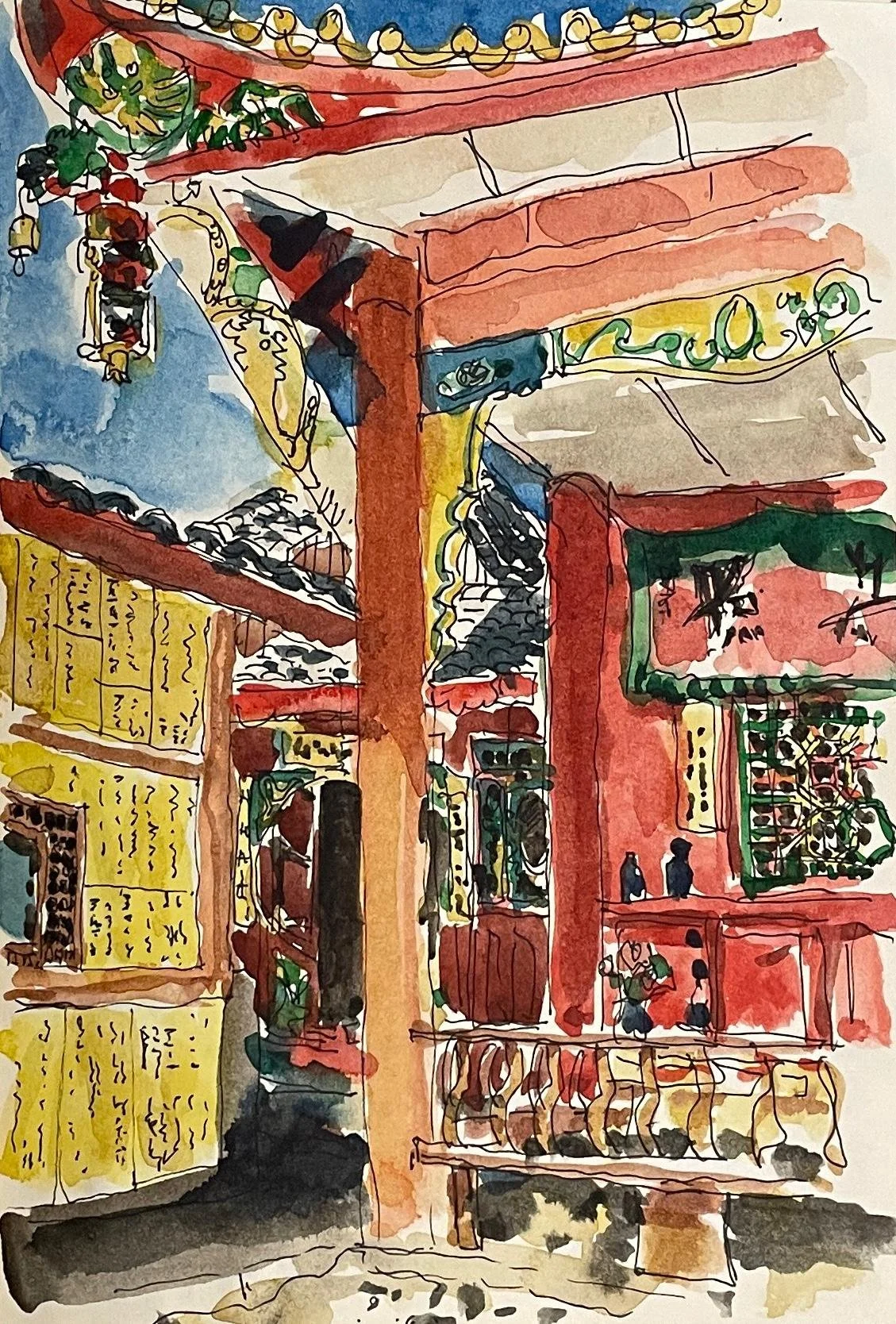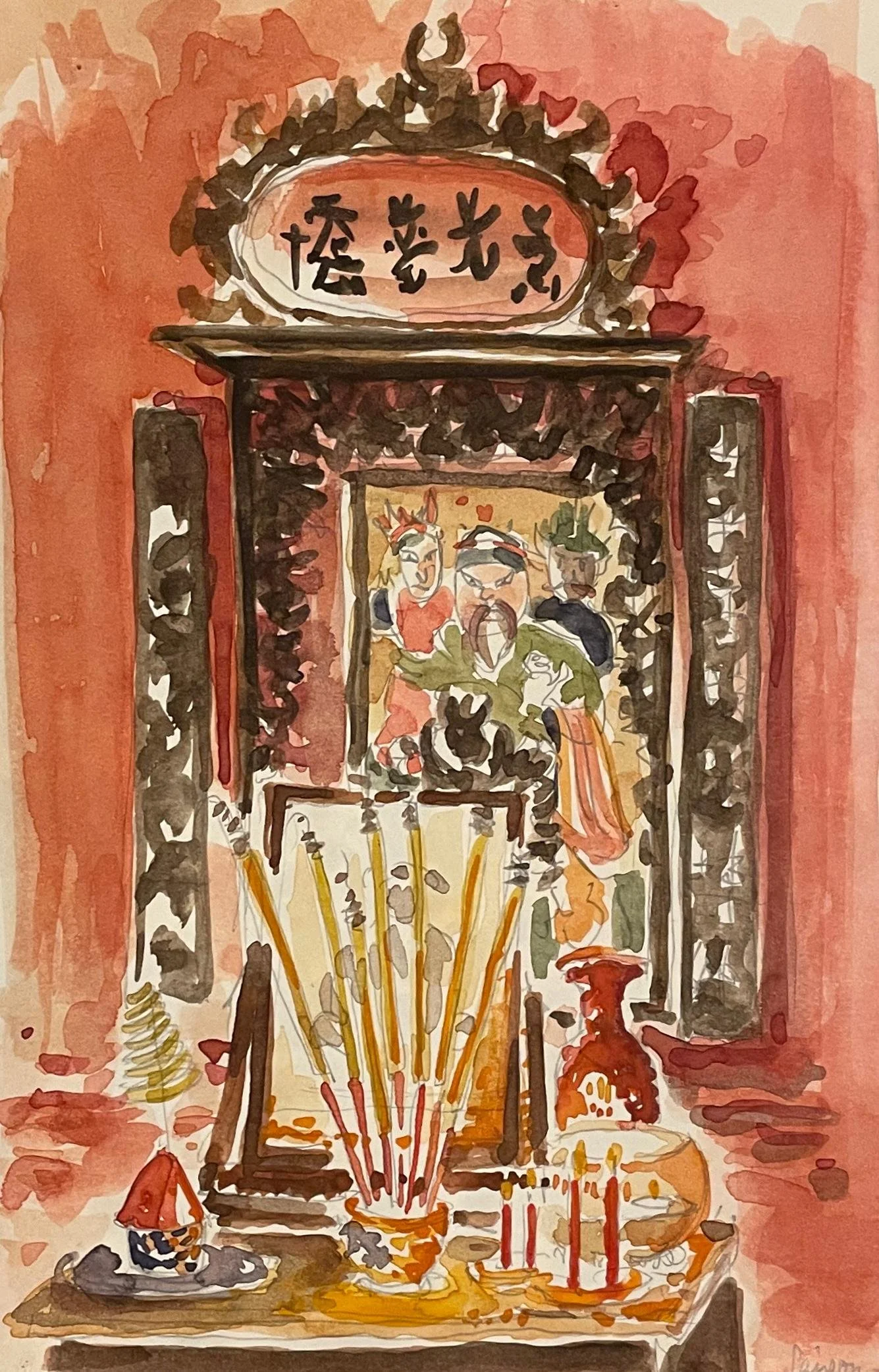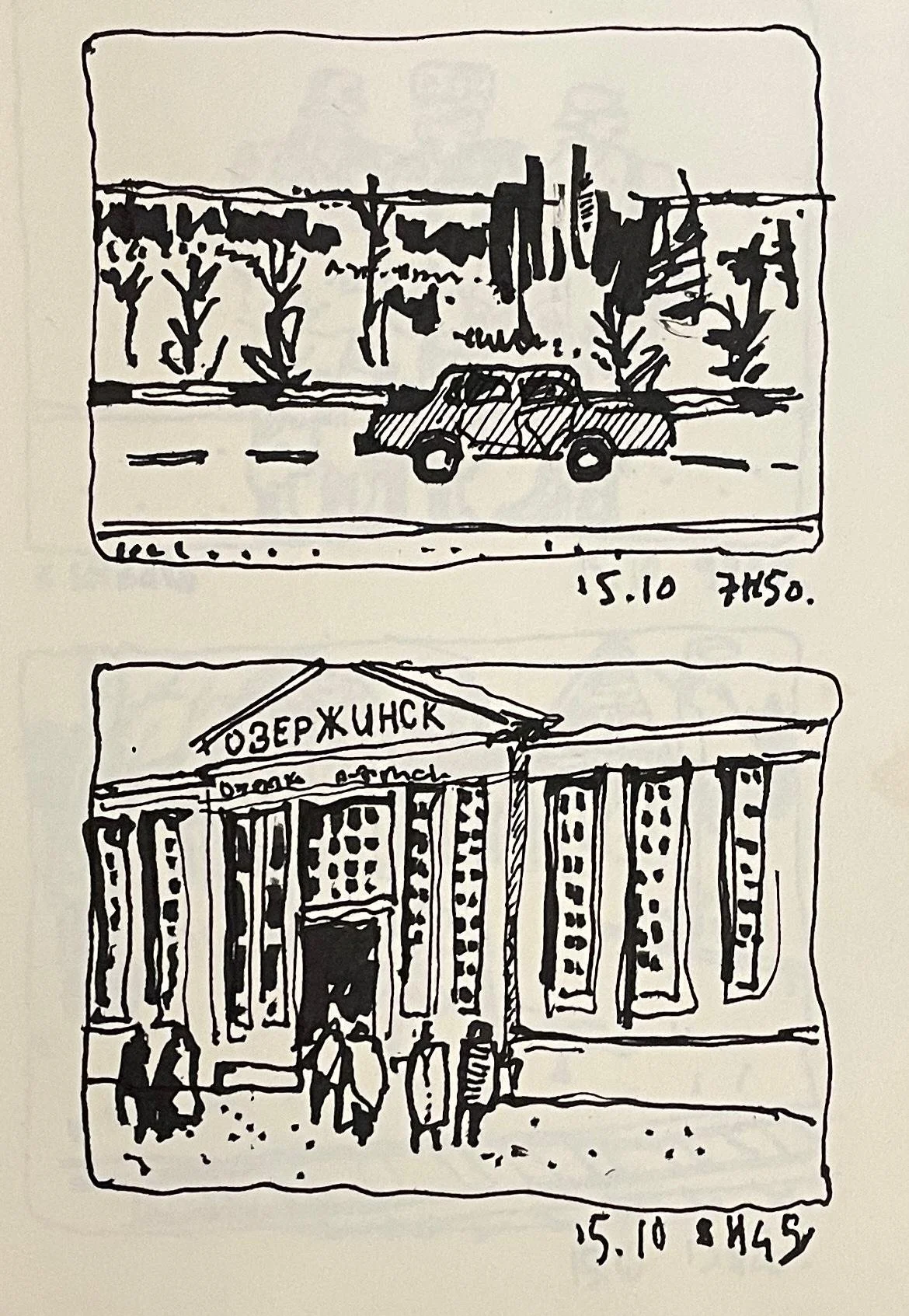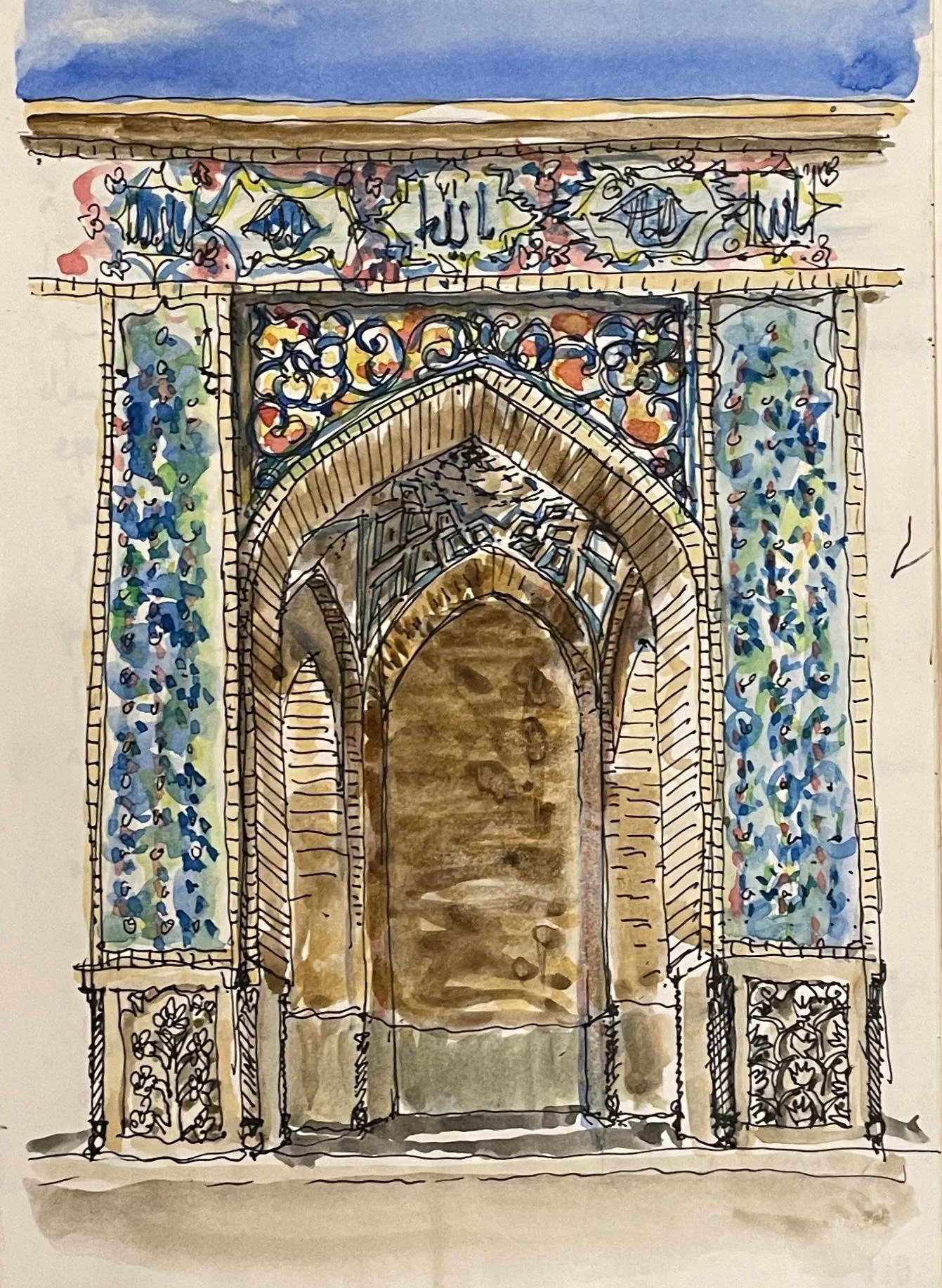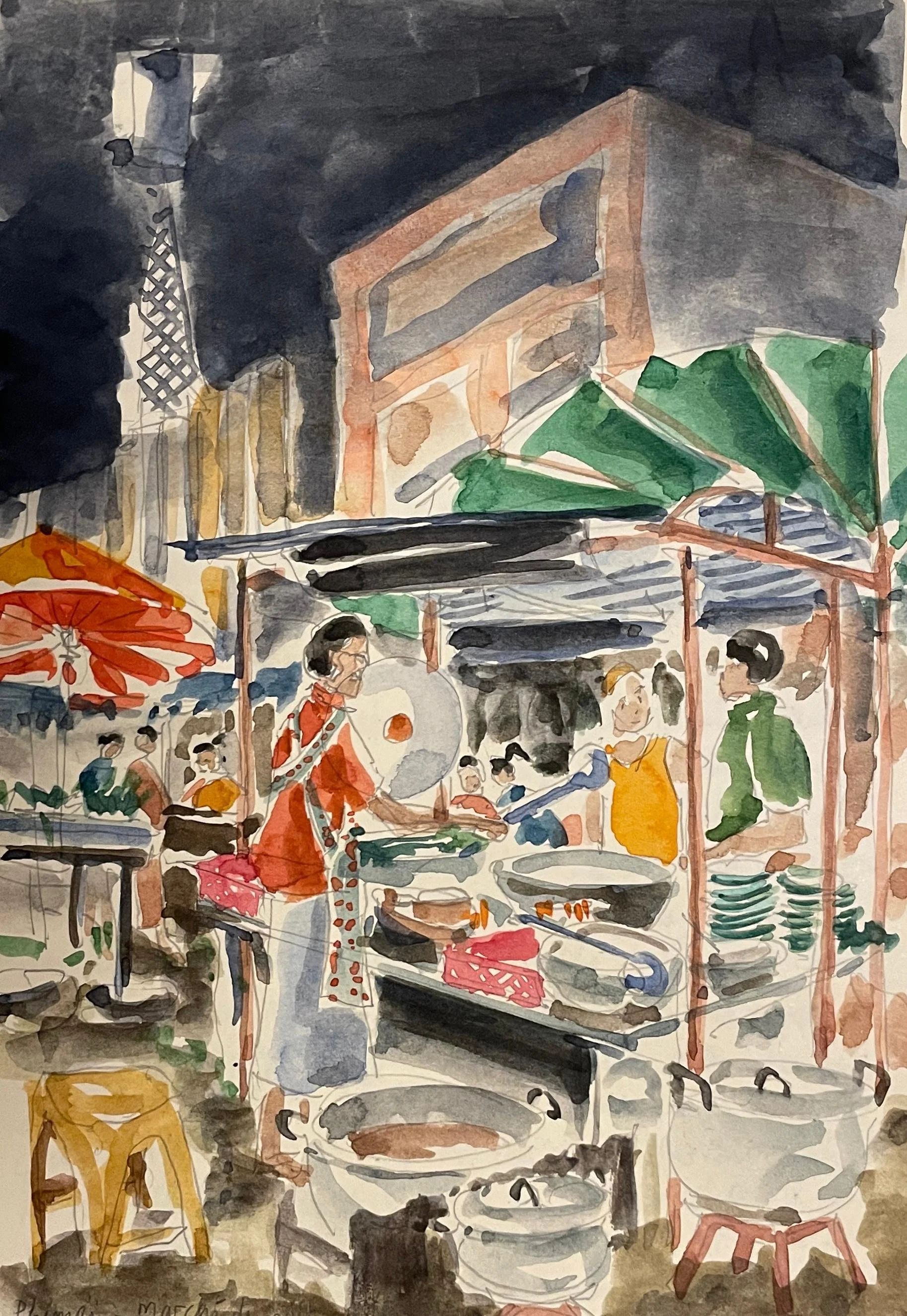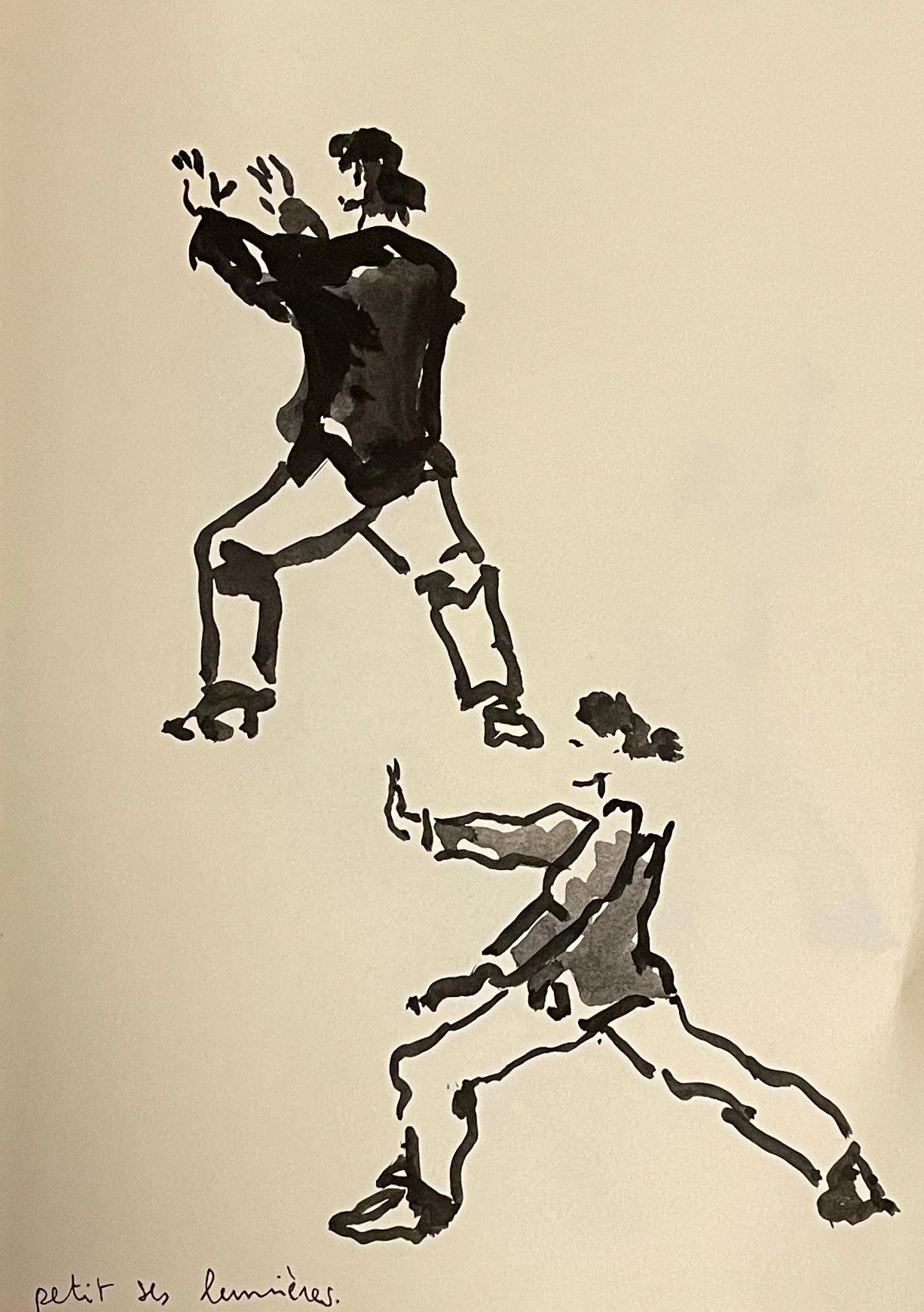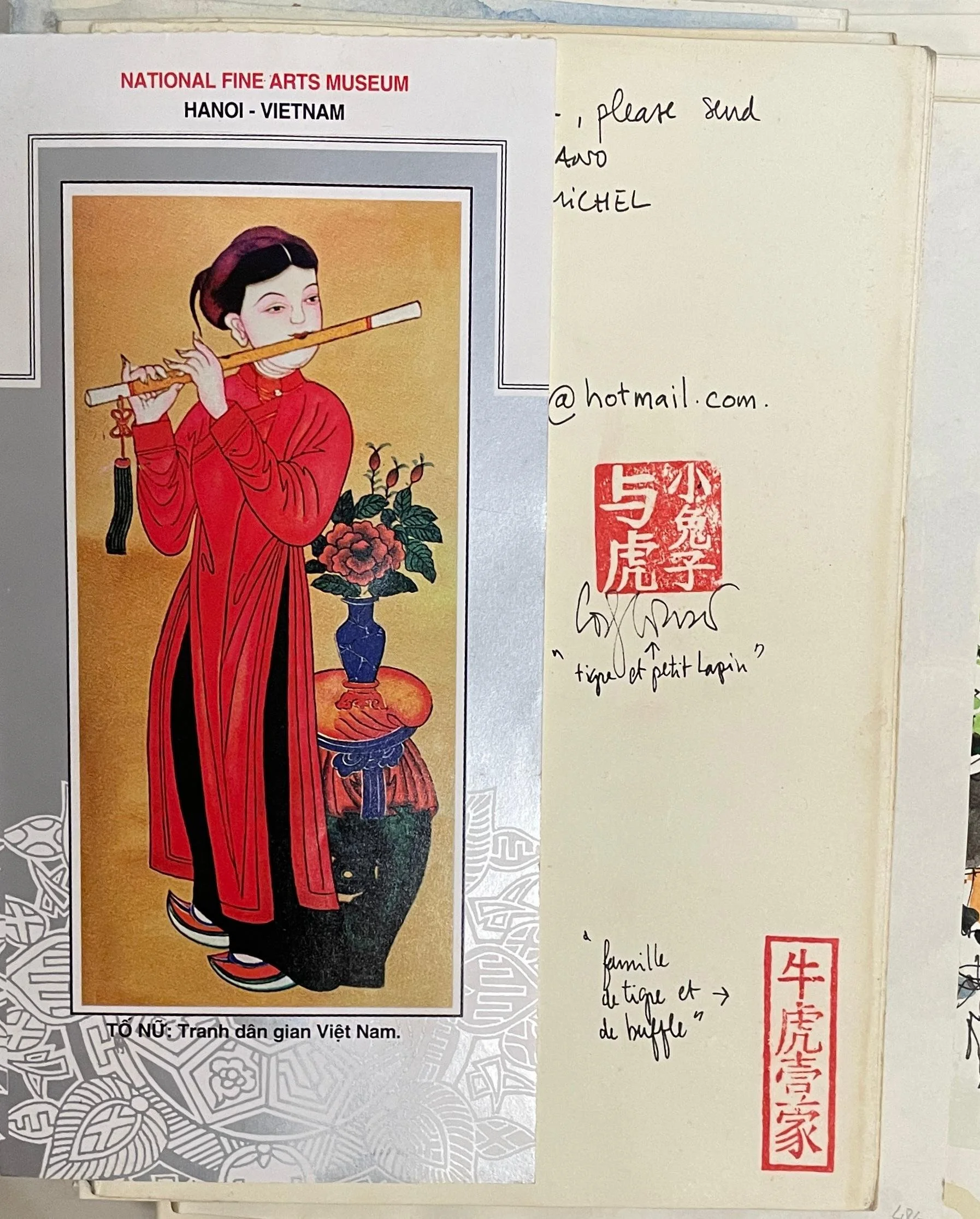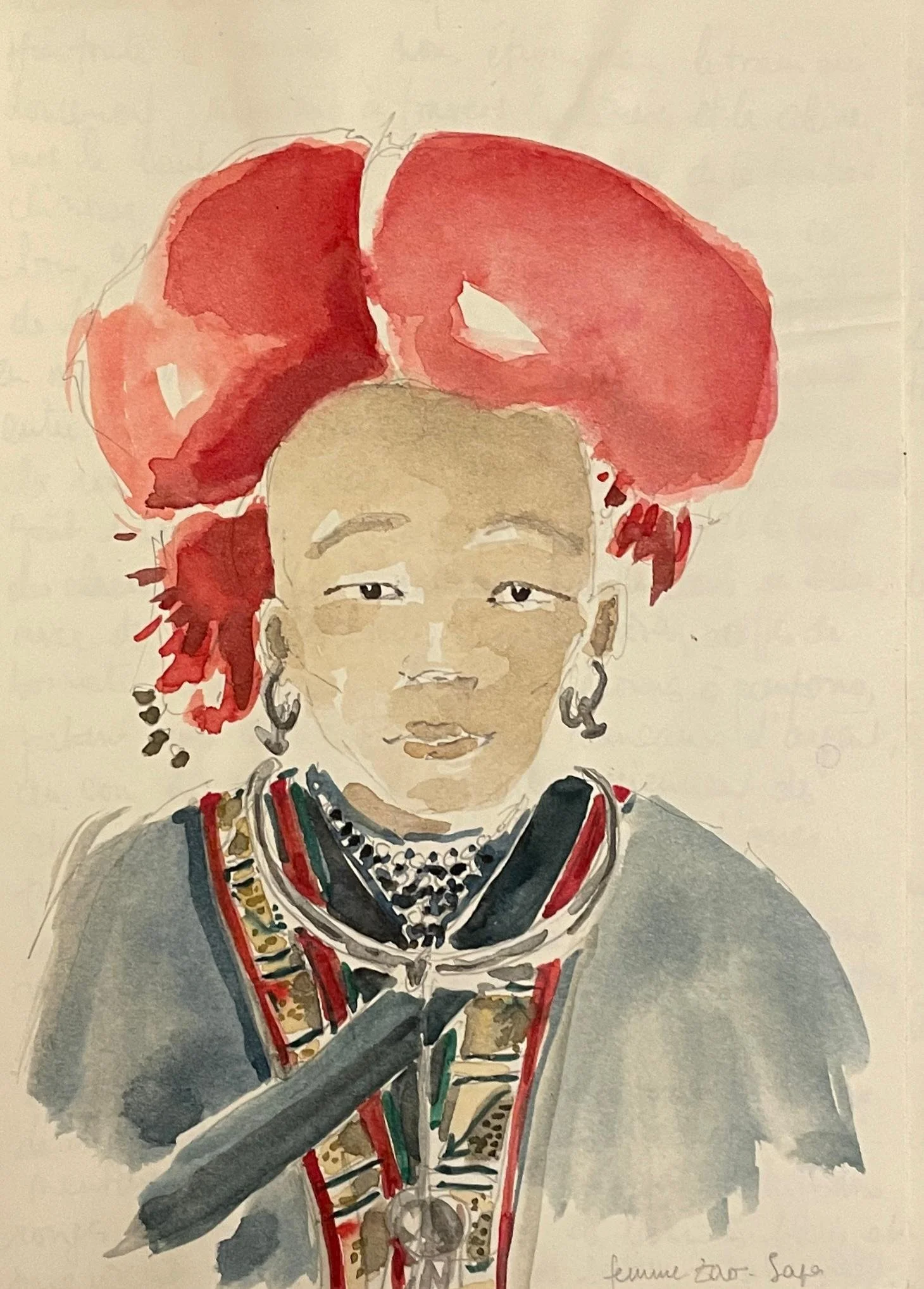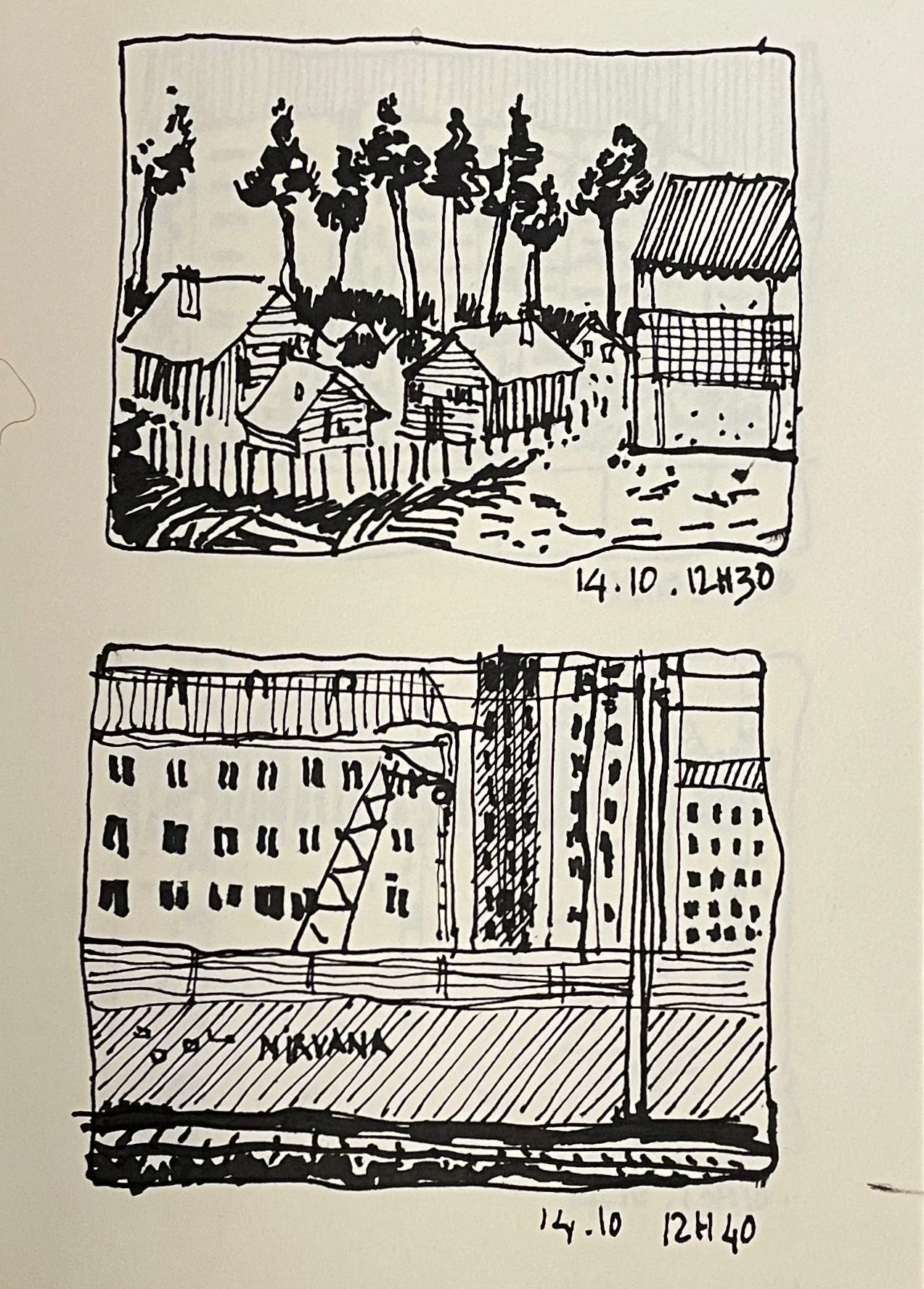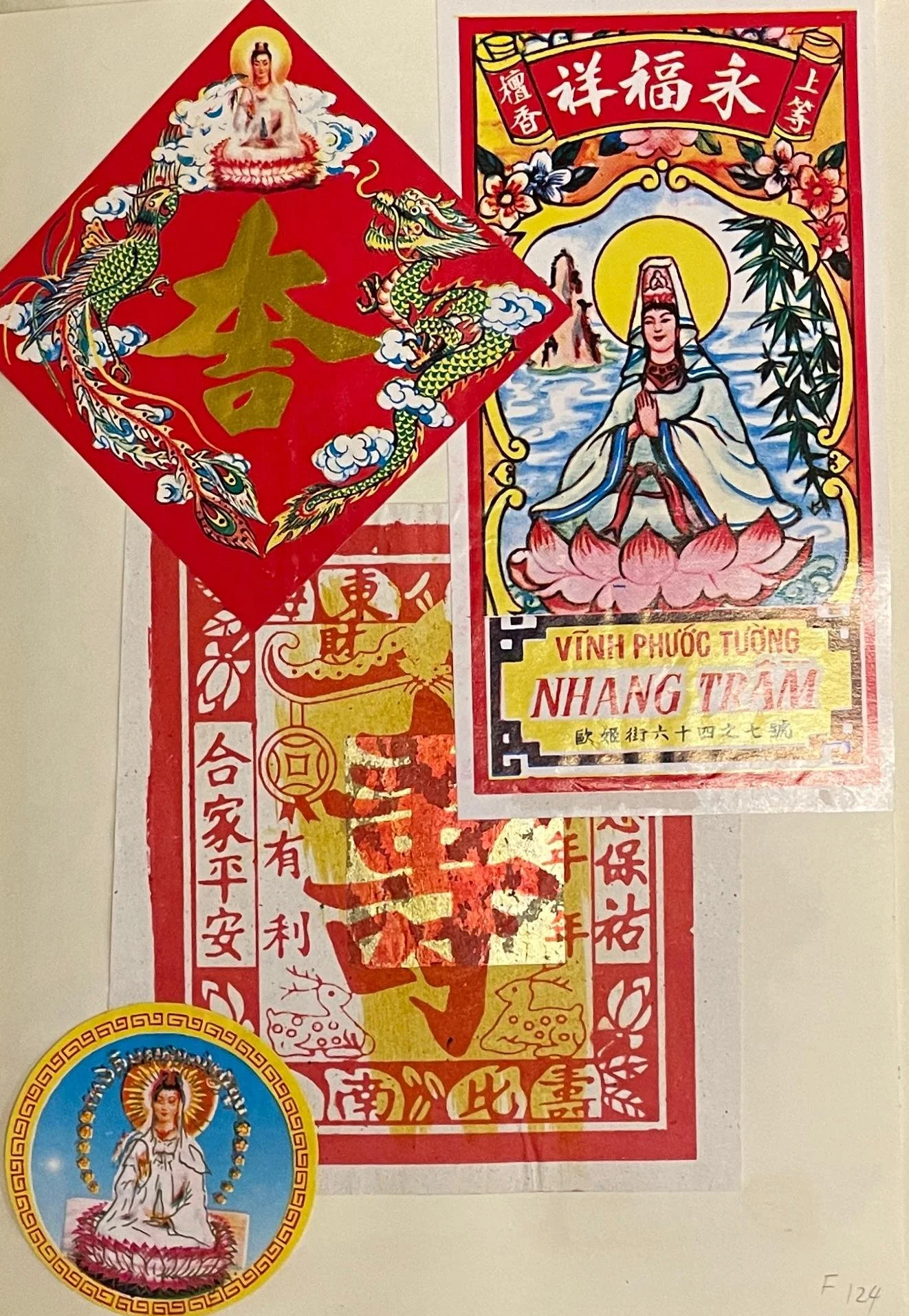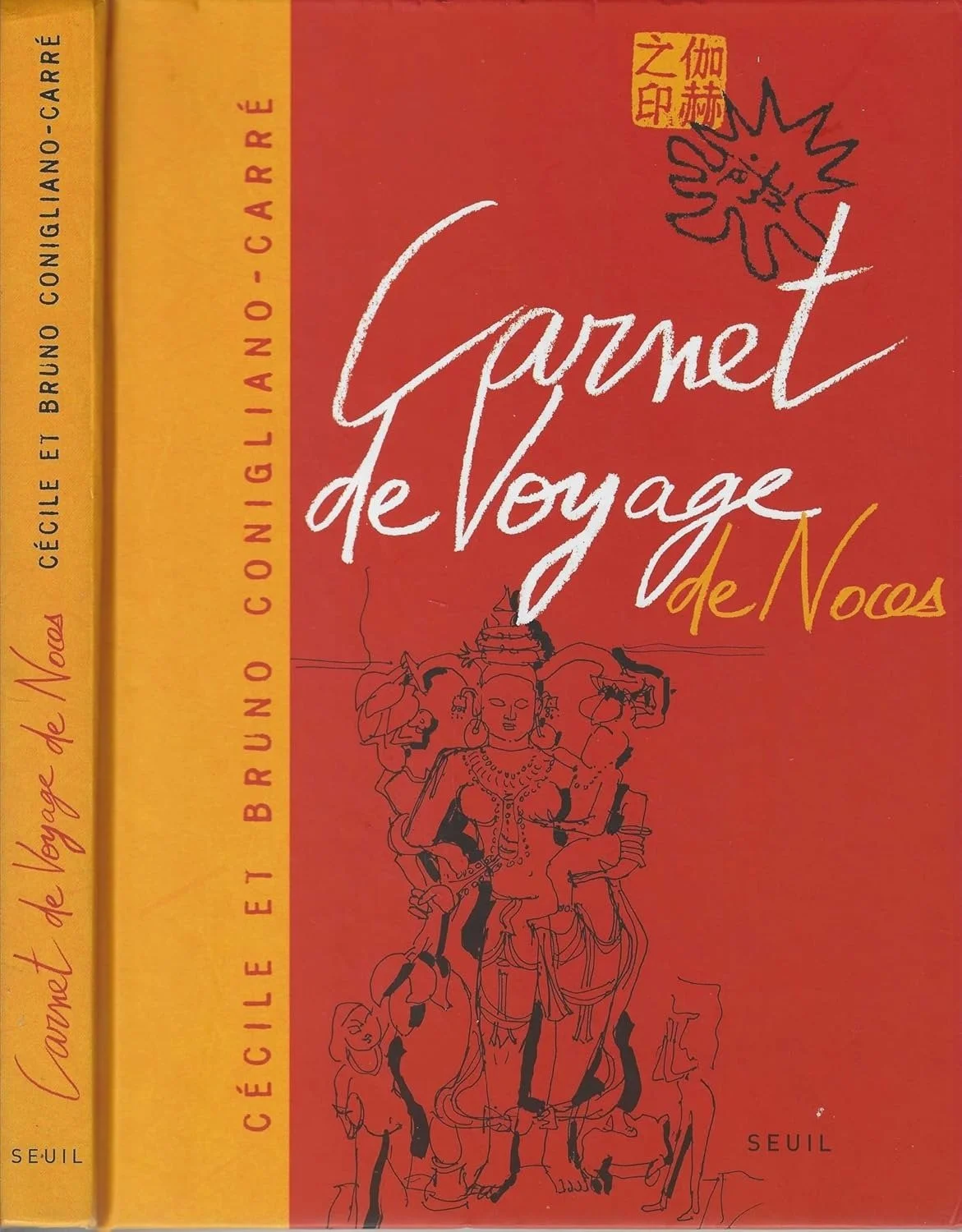10 months from Istanbul to Beijing
CÉCILE & BRUNO
Together since 1997
Born in Nouméa (New Caledonia) and Strasbourg
Now living in Barcelona
First kiss In the bar Requin Chagrin in the Latin Quarter in Paris
First trip together Turkey for 1 month in 1996, and then Indonesia for 3 months in 1998
You work as Architects
Married on Aix-en-Provence in July 2000
Honeymoon in 10 months from Istanbul to Beijing overland
THE TRIP
— What inspired you to plan a 10-month honeymoon?
The idea grew out of the trips we had already taken together. Our first was a month in Turkey when we were 19, then three months in Indonesia on scholarships from the Paris Institute to study vernacular architecture, and later three months through Central America.
Each time we traveled longer, we saw how well we worked together and how much we enjoyed drawing. So when we got married, we knew we wanted to take an even longer journey as a couple.
— Why did you choose Asia?
We had loved Indonesia and wanted to discover more of the continent. We dreamed of places like Bangkok and Angkor.
Back then, there was no internet, so what you knew about countries came from what people told you or what you could find in magazines and travel guides. There weren’t as many photos as there are today, everything felt much more evocative.
On top of that, my parents (Cécile's) had traveled through Japan, Cambodia, India, and Bali in the 1960s, when they were living in New Caledonia. I grew up with those stories in my head, and I guess they had some influence on me.
— How did you manage to finance such a long journey?
Since we didn’t have money, we asked our wedding guests to contribute to the trip instead of giving traditional gifts.
Rather than silver cutlery or porcelain plates, they could choose specific parts of our journey from a “gift list”: a bus ticket between Varanasi and Kathmandu, a pirogue ride on the Mekong, or a night at the Lake Palace in Udaipur. Contributions ranged from 10 to 1,500 francs, and people loved it. Many even gave us experiences linked to their own travels, which made it even more meaningful.
Each time we used one of their gifts, we sent a postcard to thank them, and later we kept them updated through email we wrote from internet cafés (this was the early days of internet).
In the end, the trip lasted 10 months, until we ran out of money (it would have lasted a little more).
Overland Route
We wanted to go to India not by plane, but by road, to feel the gradual shift of cultures and faces. Food, climate, architecture, customs, clothing, everything changed little by little. From Istanbul, we headed east towards the land of the rising sun.
We crossed Turkey, Iran, Pakistan, India, Nepal, Thailand, Cambodia, Vietnam, Laos, China, Tibet, Mongolia and Russia using buses, trains, boats, motorbikes, taxis, hitchhiking, whatever was available. There was no special plan, it was just the natural way of getting from A to B.
In Pakistan, the buses were these incredible decorated trucks, like Christmas tins, covered in lights and flowers. It was beautiful. In Nepal, for example, we walked a lot. In Cambodia, when there were rivers, we used piers, boats, taxis… we simply used whatever transport people used locally.
In China, we discovered the night bus, with actual beds where we could sleep lying down. Indian trains were amazing too, especially the hard sleepers, we loved them.
The only flight we took was between Kathmandu and Bangkok, because the Burmese border was closed for tourists and it was impossible to cross overland.
Along the way, the route changed depending on encounters with other travelers, following our instinct. There was no internet. Everything was more emotional than rational.
We crossed places that are no longer accessible: the Baluchistan Desert (eastern Iran) and others that were still wild, like northern Laos or Tibetan China. There was no fixed goal or destination, only a path that was the journey itself.
back home on the trans-siberian
We wanted to return along the Silk Road from China, but the borders closed before our eyes after the Twin Towers attack.
We came back on the Trans-Siberian, an extraordinary, long journey across the Mongolian steppe and the poorest, most remote parts of Russia. In our compartment, an American in a floral shirt under minus 10 degrees, with a bottle of vodka.
We left Beijing in the height of summer and arrived in Moscow in the middle of winter, under the lights of the Kremlin illuminating the snow.
— Which places marked you the most along the way?
Some were special for their architecture, like Dali in China, Tibet, or Iran with its extraordinary decorative details.
Others stood out for the people, such as Iran, Nepal and even India, where we met so many kind people.
Cambodia was striking because of its recent history. The memory of the Khmer Rouge period was still so vivid, and it was moving to see how people carried that collective trauma.
Then there were mythical places like Jaisalmer, the Taj Mahal or Varanasi in India, as well as unexpected discoveries in Tibet, places like Xiahe or Langmusi, with a huge monastery where we attended the monks’ prayers at five in the morning. These remain some of our most powerful memories.
DEBRIEF
Favourite hotel of the trip An earthen hut decorated with tribal drawings and the stars as its roof
Epic hotel breakfast A soup in a market in Ho Chi Minh, Vietnam
Most memorable meal or dish A curry chicken in Quetta, Baluchistan desert. We couldn’t eat anything for two days because of the fire I had in our mouth.
A place you’d go back to We don’t want to go back to places but to discover new ones, and above all to finish the itinerary between Kashgar (China) and Bishkek (Kyrgyzstan) through the Torugart Pass.
An underrated place All the overland border crossings: a “no man’s land” full of life, trafficking, and incredible stories.
A ritual Drawing every day for 3 or 4 hours, taking the time each thing requires.
A person you’ll always remember Gezim and David, two mirrored encounters at each end of the journey, both told us about the same book by Nicolas Bouvier, L’Usage du Monde. This book tells the story of the journey in a Fiat 4CV by Nicolas Bouvier and Thierry Vernet in the 1950s, from Paris to Kathmandu. A marvelous account. The book became an essential part of our library, and we give it to all the young people around us who set out to see the world.
Most ‘honeymooner’ thing you did We are very bad at being romantic honeymooners, we always end up at the edge of things: the edge of a country, the edge of the sea, the edge of a city. But the edge is the beginning of another untouched space, waiting to be discovered. And that is what we love, seeing what lies beyond the edge.
What made your honeymoon different than your past trips? The long stretch of time.
Wish you’d had time for Honestly, nothing. It felt like the trip was perfect just as it was.
What did you learn about each other? That we make a really good team no matter the circumstances.
When we returned, we were still filled with the energy of the journey. Each of us carried four notebooks full of drawings, the visual memory of those ten months on the road. We shared them with Éditions du Seuil, one of France’s most respected publishers, and the editor immediately connected with the story. It reminded him of a journey he had once begun but never finished, and he decided to publish it.
The result was Carnet de voyage de Noces, published in 2003. The most beautiful way to give shape to our adventure.
Favourite past trips
— Morocco, a country we adore for its people, food, and landscapes, and where we return often
— Myanmar and Ladakh with three children, for their preservation and the gentleness of their people
— Brazil, a country we didn’t expect to love so much, but that completely won us over
Travel Wish List
— The Silk Road between China and Georgia
— São Tomé and Principe
— Japan
— Any country or place where we could stay for a long time just to draw and observe, without obligations. Simply to absorb and merge with it. Like Africa, which we haven’t discovered yet.
